- Audio takes up less bandwidth than video. It’s therefore more stable during recording and less likely to buffer during playback.
- Audio files are smaller than video. When hosted natively, they’re less likely to slow down our websites.
- Our voices are unique brand identifiers that give listeners a sense of who we are beyond the words we write and edit.
- Not everyone can see. Audio is therefore another accessibility tool that allows us to communicate with a diverse audience.
- No one will know if we’re creating it in our pyjamas. That makes it a less intimidating option for editors who want to make a personal connection but who fear video.
|
Find out more about newsletters and whether your editing or proofreading business needs one.
|
|
Editor Website Essentials: Find out how to craft a visible, loveable editorial website with this 10-step framework that takes you through the essentials of SEO, navigation, structure, visitors, UX, branding, web page copy, home page design, content and analytics. Find out more about the course.
|
|
Blogging for Business Growth: Learn how to create a discoverable, captivating and memorable blog that drives website traffic, increases visibility in the search engines, and generates editing work. Find out more about the course.
|
She is an Advanced Professional Member of the Chartered Institute of Editing and Proofreading (CIEP), a member of ACES, a Partner Member of The Alliance of Independent Authors (ALLi), and co-hosts The Editing Podcast.
- Get in touch: Louise Harnby | Fiction Editor & Proofreader
- Connect: Twitter at @LouiseHarnby, Facebook and LinkedIn
- Learn: Books and courses
- Discover: Resources for authors and editors
Summary of Episode 86
- Networking for Freelance Editors: Intended readership
- Challenging assumptions about networking
- Why write a book?
- Writing for editors: The burden of scrutiny
- Co-authorship: Syncing schedules
- Working efficiently and productively
- The power of collaboration
- The importance of trust in a writing partnership
- Book-creation process: Beyond writing
- Tips for editors who want to write a book
Useful links and resources
- Find out more about the book: Networking for Freelance Editors
- The Networking for Freelance Editors website
- FREE downloadable networking worksheets
- Contact Brittany Dowdle
- Contact Linda Ruggeri
Join our Patreon community
- EditPod Tea Pot: Buy us a cuppa and help keep the podcast ad-free and independent.
- EditPod Tea Party: All of the above, plus you get exclusive access to quarterly live Q&As that help you keep your business on track.
Music credit
Discover how to scale your editing business and earn extra income
Learn how to supplement your editing earnings by creating problem-solving products, including books, that customers will love to buy, and all using your existing knowledge base.
|
She is an Advanced Professional Member of the Chartered Institute of Editing and Proofreading (CIEP), a member of ACES, a Partner Member of The Alliance of Independent Authors (ALLi), and co-hosts The Editing Podcast.
- Get in touch: Louise Harnby | Fiction Editor & Proofreader
- Connect: Twitter at @LouiseHarnby, Facebook and LinkedIn
- Learn: Books and courses
- Discover: Resources for authors and editors
Summary of Episode 84
- Networking for Freelance Editors (book)
- Personality types and networking
- Positive outcomes from networking
- Organic vs salesy approaches to networking
- The power of volunteering
- Top tips for networking
Useful links and resources
|
Join our Patreon community
- EditPod Tea Pot: Buy us a cuppa and help keep the podcast ad-free and independent.
- EditPod Tea Party: All of the above, plus you get exclusive access to quarterly live Q&As that help you keep your business on track.
Music credit
She is an Advanced Professional Member of the Chartered Institute of Editing and Proofreading (CIEP), a member of ACES, a Partner Member of The Alliance of Independent Authors (ALLi), and co-hosts The Editing Podcast.
- Get in touch: Louise Harnby | Fiction Editor & Proofreader
- Connect: Twitter at @LouiseHarnby, Facebook and LinkedIn
- Learn: Books and courses
- Discover: Resources for authors and editors
Summary of Episode 83
- Navigation buttons
- Paragraph headings
- Short paragraphs
Join our Patreon community
- EditPod Tea Pot: Buy us a cuppa and help keep the podcast ad-free and independent.
- EditPod Tea Party: All of the above, plus you get exclusive access to quarterly live Q&As that help you keep your business on track.
Music credit
Craft a website that gets you work!
|
Want to craft a standout editorial website that makes you visible in the search engines and compels your ideal clients to hire you? Check out Editor Website Essentials, my flagship online training course created just for editors and proofreaders.
|
She is an Advanced Professional Member of the Chartered Institute of Editing and Proofreading (CIEP), a member of ACES, a Partner Member of The Alliance of Independent Authors (ALLi), and co-hosts The Editing Podcast.
- Get in touch: Louise Harnby | Fiction Editor & Proofreader
- Connect: Twitter at @LouiseHarnby, Facebook and LinkedIn
- Learn: Books and courses
- Discover: Resources for authors and editors
What’s in this post …
- Why running a business means finding clients
- Working for others – being an employee
- Working on your business and in your business
- Setting up a business and marketing: The order of play
- Shifting from a no-time mindset to an all-the-time mindset
- Taking a strategic approach to marketing
Why running a business means finding clients
None of us can run a business if there’s no business to run. Editing and proofreading work is essential. Otherwise we’re nothing more than a fancy title on a business card.
If marketing isn’t a part of your business model, it’s time either to work for someone else or shift your mindset.
Working for others – being an employee
If you want to do your own thing, however, a commitment to business marketing must be part of the mix. That’s the difference between being self-employed and self-unemployed.
Working on your business and in your business
- The work they do
- And the work they do to get the work they do
There’s no way around this. The approach we use to find work will depend on who our target clients are. Think social media, content marketing, advertising, directory listings, professional membership, a visible website, letters, emails, networking, phone calls, and SEO. All or some of these will be in play.
If a no-time mindset is tripping you up, ask yourself whether you can imagine saying any of the following:
- I don’t have time to do editing.
- I don’t have time to send invoices.
- I don’t have time to check the spelling of a word in a dictionary.
Those statements sound daft, don’t they? Of course we’d make time for editing, invoicing and checking spelling! We’re professionals and we’re business owners – those things are essential.
Finding work is just as important. If we don’t, there’s no editing to do, no invoices to send, no spellings to check.
Since we’re employers (of ourselves), not employees, we must do our own marketing, right from the get-go, and continue to do it for as long as we’re in business.
Setting up a business and marketing: The order of play
If we spend 12 months training to be a professional editor but dedicate no time to our marketing strategy, all we’ll have at the end is a skillset that’s invisible to everyone but us.
I know how to make lasagne, change a tyre, and remove a thorn from a Labrador’s paw, but those skills in themselves don’t mean people are offering me work as a chef, a mechanic or a veterinary nurse. Why would they? No one but me, my husband, my kid and my dog know I can do that stuff. I’ve not promoted those skills or set up a business around them (nor do I plan to, just in case you’re wondering!).
If you’re serious about becoming a professional editor, so much so that you’ve invested your hard-earned cash in a high-quality training course, start working on your marketing strategy at the same time so that you don’t end up as a professional thumb-twiddler!
Shifting from a no-time mindset to an all-the-time mindset
Invoicing and tax returns are my least favourite aspects of running a business but I do them anyway. I have to. We all do.
Same thing with marketing. You don’t have to love marketing. You don’t even have to like it. Just do it anyway, all the time. Dedicate time in your business week to the task.
Every time you’re tempted to use that slot in your schedule to do something else, remind yourself that you don’t want to be self-unemployed, that you do want to earn a living from your editing business, and that when the client cupboard is bare it makes you feel miserable and stressed.
Taking a strategic approach to marketing
- ‘I'd better do a bit of marketing because I’ve got no work lined up next month’ is not a strategy. It’s an emergency.
- ‘Great! I just got some work for next month so I don’t have to do any marketing for a while’ is not a strategy. It’s a recipe for a future emergency.
- ‘I’ll accept that horrible low-paid job because it’s better than nothing’ is not a strategy. It’s a business model that puts others in control.
A long-term marketing strategy is planned, targeted, and implemented continuously. That’s what keeps the cupboard full of good-fit clients, and what gives us the power to decide a project’s not a good fit, the price isn’t right, or the scheduling’s too tight.
Summing up
You don’t have to do your marketing the way I do my marketing. The foundation of my strategy is content marketing, but that’s because I work exclusively with independent authors in a specialist genre, and want those authors to find me via Google.
Your marketing strategy should reflect the best method of being visible to your ideal clients. That might mean sending emails, making phones calls, engaging in a group or forum, or advertising in a particular space.
And even if you don’t like marketing, make it part of your business practice anyway. Place it alongside the other aspects of your business that you’re obliged to do but would rather not. Why? Because marketing can mean the difference between working and walking away. If you’ve already invested your energy and money in training, that’s a waste of your valuable skills. You deserve more than that.
And who knows? You might even enjoy promoting your business once you start reaping the fruits of your labour!
More marketing resources
- Blogging for Business Growth (course)
- Branding for Business Growth (course)
- Business Skills Collection (6 ebooks)
- Marketing resource library (books, booklets and blogs and podcasts)
- Marketing Toolbox for Editors (multimedia course)
- Marketing Your Editing and Proofreading Business (book)
She is an Advanced Professional Member of the Chartered Institute of Editing and Proofreading (CIEP), a member of ACES, a Partner Member of The Alliance of Independent Authors (ALLi), and co-hosts The Editing Podcast.
- Get in touch: Louise Harnby | Fiction Editor & Proofreader
- Connect: Twitter at @LouiseHarnby, Facebook and LinkedIn
- Learn: Books and courses
- Discover: Resources for authors and editors
6 months of editorial business marketing: Progress made and lessons learned (by Harriet Power)
16/7/2021
In this post
- What kickstarted the marketing focus
- Marketing activity #1: Website
- Marketing activity #2: Blogging
- Marketing activity #3: Creating a Reedsy profile
- Marketing activity #4: Social media
- Marketing activity #5: CIEP meetings
- Marketing activity #6: Emailing former contacts
- Marketing activity #7: Cold emails
- Marketing activity #8: Write Useful Books Slack group
- 6 months later: Has the marketing paid off?
- The plan for the next 6 months
- Lessons learned as a newbie marketer
What kickstarted the marketing focus
However, I am new to marketing, because I spent the first 3 years of my freelance career coasting along on repeat work from a handful of former in-house contacts. That work dropped off in the summer of 2020 thanks to the pandemic.
I was happily distracted for a while by the arrival of our new lockdown puppy, but towards the end of the year I was still limping along on 2 or 3 days’ work a week. That prompted me to get serious for the first time about marketing my business.
At the start of this year I read Louise’s book Marketing Your Editing and Proofreading Business, which I thought was brilliant. Of course I’m hardly going to say otherwise here, but it’s still true; I skimmed through it again this week and although bits of it feel a little dated now (it was published in 2014), it’s packed full of useful advice and ideas.
The case studies and examples are really helpful, and I love the way it moves from overarching principles (‘put yourself in the customer’s shoes’) through to specific activities (‘cold email publishers’). I’d happily recommend it.
Six months ago my immediate goal was simply to get more work. My longer-term goal is to get better-paid work, and also to carve out a niche for myself in prescriptive nonfiction, which is a fairly new area for me.
After reading Louise’s book I ended up with a 5-page list of ideas. Here’s what I’ve achieved so far.
Marketing activity #1: Website
There's probably still too much text, but I’m pleased with the ‘editor’s creed’, a summary of the principles that guide my work (in marketing-speak these are my brand values).
I doubt these principles are unique to me, but I think stating them on my website helps fill out who I am as an editor. And at least one author has commented on how they liked my editing philosophy.
Marketing activity #2: Blogging
I’ve concentrated on developing two series, both with a target audience of nonfiction writers:
Books that work
Each post focuses on a well-received prescriptive nonfiction book and analyses why it’s done so well. I also invite the author to contribute their thoughts. My aim with this series is twofold:
- To gradually expand my network of interesting people.
- To hold myself accountable in regard to continuing professional development (CPD)
The first in the series is available here: Books that work #1: Obviously Awesome by April Dunford.
Q&A on the editing process
Each post features an author whom I’ve worked with, but I’m hoping the series will be of interest to writers more generally. You can find the first post here: Q&A on the editing process with Dietmar Sternad.
Marketing activity #3: Creating a Reedsy profile
So far I’ve completed two edits, including one for an author who’s just set up his own publishing company. He's commissioned me to work on two more books.
Marketing activity #4: Social media
I’m also on LinkedIn. I have to admit I struggle with it – it’s very motivational, and a lot of posts (even the more personal ones) are either trying to teach a lesson or sell something. But I’m going to persevere for a bit longer, mainly because I know it’s an excellent place to connect with prescriptive nonfiction (i.e. business and self-help) writers.
Marketing activity #5: CIEP meetings
However, I do appreciate getting to know fellow editors better because it’s lovely to meet others with the same professional focus as me. Plus, from a marketing perspective, once I’ve earned their trust, they might one day even consider referring work to me.
Marketing activity #6: Emailing former contacts
Just one email along the lines of ‘Hey, I used to work at OUP for a different team – hopefully they can put in a good word for me. Can I help you at all?’ has led to a considerable amount of work this year.
Marketing activity #7: Cold emails
Marketing activity #8: Write Useful Books Slack group
I’ve offered free short beta reads for group members. To date, two writers have taken up my offer, and one of those beta reads has led to paid work.
Plus, it’s interesting to hang out with a bunch of nonfiction writers and see what questions they have about self-publishing.
6 months later: Has the marketing paid off?
But I’m now fully booked for the next 3 months, and starting to turn away work – a novel experience for me. And while some of that work is probably down to publishers getting over their initial pandemic jitters, I think the marketing has made a difference.
Where’s this work coming from? A lot is from the two publishers who gave me most of my work pre-Covid, although this workstream currently feels more secure because there are now three teams at OUP who might pass jobs my way, rather than one.
Most of the rest has is coming from Reedsy authors. I’ve also had some work from a new publisher who found me through the CIEP Directory of Editorial Services.
The plan for the next 6 months
- Engage more on Twitter and LinkedIn; connect with more writers, rather than just editors.
- Keep blogging, and do more guest blogging.
- Learn more about self-publishing and create content to help indie authors with their publishing journey.
- Set up a monthly mailing list. The main hurdle here is convincing myself that anyone would actually want to read it.
- Add a portfolio/testimonials page to my website. I’ve definitely got better at asking authors for testimonials since reading Louise’s book, and am slowly building up a nice bank of praise.
- Do some market research with nonfiction writers to find out how they go about finding an editor, what they look for in an editor, and what they most want help with.
- Design and create a PDF that I can send out to potential clients. It will include information on the different types of editing and the blog series I’m developing.
- Join an accountability group.
- Make more of an effort to join online meetups.
- Do another round of cold emailing to nonfiction publishers.
Lessons learned as a newbie marketer
Marketing sometimes feels like a never-ending time-sink and it requires a lot of perseverance. There’s always more to do, and that makes it hard to switch off from it.
When it feels overwhelming (and that’s often the case now that I’m busier), it helps to follow Louise and Denise’s advice to think in ones: one blog post at a time, one LinkedIn post at a time, or even one tweet at a time.
I also try to remind myself that my business isn’t going to collapse just because I didn’t go on Twitter for a week.
On the upside, being proactive about strengthening my business is satisfying. And in the long run, I hope it will lead me to a point where I can charge enough to be able to work a little less.
CPD
I’m also enjoying the creative side of marketing. It’s fun coming up with ideas for content, and I’m enjoying the writing.
I’ve found that marketing goes hand in hand with CPD. It’s forced me to do more professional development so that I have something useful to say, and has helped me get over feelings of imposter syndrome.
Specializing
Specializing definitely helps. This is an idea that Louise promotes and I completely agree with it. Focusing my marketing efforts primarily on prescriptive nonfiction indie authors has given me direction and made the marketing more manageable.
Putting yourself in the customer’s shoes.
This is another lesson I learned from Louise’s book. I worked hard on this when tweaking my website, and it’s been a useful guiding principle in deciding what to tweet or post about.
The principle links well to the concept of specializing because you can only put yourself in the customer’s shoes when you’ve identified who that customer is.
Value-based pricing
Another concept from Louise’s book that struck a chord is thinking of how I can add value to my basic service of performing an edit – either in terms of how I market myself or what I can offer to the client.
This approach has helped shift my mindset such that I hope that in the future I’ll garner the confidence to charge more.
Say hi to interesting people
My own humble piece of advice would be to say hi to interesting people that you stumble across, even if this makes you feel a bit uncomfortable, or because it takes time to sit down and write an email, or because it’s just something you’d never normally do. (All of these things apply to me.) You never know where those connections might lead you.
I was very happy to stumble across Rob Fitzpatrick and join his Slack group, for example. Another interesting person I’ve become acquainted with recently is Francis Miller, who’s helping publishers and authors create nonfiction that’s easier to learn from. It’s also been lovely to gradually get to know some fellow editors.
For better or worse, I very much identify at heart with that saying ‘Don’t talk unless you can improve the silence’. This means I struggle with adding to the general noise of social media when much of the time it feels like talking for the sake of talking.
To some extent, it helps to think of the online version of me as a different persona. I try to post things that I believe will be useful or interesting. And, again, the CPD element of this work has helped to mitigate the sense of imposter syndrome.
Summing up
Don’t worry about being late to the party – it took me over 3 years, after all. Instead, read Louise’s book. Think long term and keep chipping away at it. And say hello if you’d like to join me on the journey!
|
ABOUT HARRIET
Harriet Power edits nonfiction books and educational materials for publishers and indie authors. She spent 8 years working in-house for educational publishers before going freelance in 2017. On the side, she performs in a folk music duo and enjoys walks with the lockdown puppy. |
Listen to find out more about
- Brainstorming a list of possible business names
- Considering your target clients
- Identifying your core brand values
- Using a business name to tell the client what's on offer
- Checking the name is available
- Does the name reflect your brand identity?
- How findable and SEO-friendly is the name?
- Will the name stand the test of time?
Music credit
More business-tips resources
|
Check out these additional resources that will help you make good decisions for your editorial business.
|
She is an Advanced Professional Member of the Chartered Institute of Editing and Proofreading (CIEP), a member of ACES, a Partner Member of The Alliance of Independent Authors (ALLi), and co-hosts The Editing Podcast.
- Get in touch: Louise Harnby | Fiction Editor & Proofreader
- Connect: Twitter at @LouiseHarnby, Facebook and LinkedIn
- Learn: Books and courses
- Discover: Resources for authors and editors
Listen to find out more about ...
- The different ways in which we might specialize
- Helping clients understand how we can help them
- What does the client want to know?
- Why saying we can edit 'everything' is a weak message
- Why the language of specialization is interesting
Music credit
More business-growth tools
|
Discover more ways to get noticed by your ideal clients with this toolbox of resources:
|
She is an Advanced Professional Member of the Chartered Institute of Editing and Proofreading (CIEP), a member of ACES, a Partner Member of The Alliance of Independent Authors (ALLi), and co-hosts The Editing Podcast.
- Get in touch: Louise Harnby | Fiction Editor & Proofreader
- Connect: Twitter at @LouiseHarnby, Facebook and LinkedIn
- Learn: Books and courses
- Discover: Resources for authors and editors
Listen to find out more about ...
- Why everyone has something to shout about, even if they think they don't
- Why some editors appear to do more marketing that is humanly possible, and why that shouldn't deter you
- The tricks those busy editorial marketers have up their sleeve and how you can mimic them
- Managing marketing by thinking in ones
Music Credit
More help with marketing and being visible
|
Marketing can be learned! Here are some of my most popular teaching tools, all created specifically for editors and proofreaders working in a global freelance market.
|
She is an Advanced Professional Member of the Chartered Institute of Editing and Proofreading (CIEP), a member of ACES, a Partner Member of The Alliance of Independent Authors (ALLi), and co-hosts The Editing Podcast.
- Get in touch: Louise Harnby | Fiction Editor & Proofreader
- Connect: Twitter at @LouiseHarnby, Facebook and LinkedIn
- Learn: Books and courses
- Discover: Resources for authors and editors
Visit the Branding page in my resource library to download this free booklet.
More marketing resources for editors and proofreaders
- 3 ways to make your editing and proofreading website better – fast! (blog)
- Branding for Business Growth (multimedia course)
- Editor Website Essentials (multimedia course)
- How to do Content Marketing (book)
- Marketing Your Editing and Proofreading Business (book)
- Marketing resource library (books, booklets and blogs and podcasts)
- Overcoming marketing paralysis: How to turn overwhelm into action (blog and booklet)
> Navigation buttons
> Paragraph headings
> Short paragraphs
Navigation buttons
Imagine you’re in a huge, multi-storey department store. Buttons are like the floor plan near the escalator that tells you what’s where.
Make buttons consistent
Check that your buttons are a consistent colour. That way you’re training visitors to understand that there’s something at the end of the click.
A contrasting hover colour signals that the button is active, that it can be engaged with.
Help people find stuff!
Don’t assume your visitors know where to go, or that they’ll go where you want them to go.
Check every page on your website. Can you add buttons that will make your visitor’s journey easier and that tell them what you'd like them to do?
People are busy and might not have time to trawl through text. Buttons stand out, which means they’re scannable. Use them to help the visitor:
> Get to another page
> Get to another section on the same page
> Access a resource
> Get in touch with you
Include a meaningful call to action
A button that’s easy to spot is half the job done. The other half is about meaningful messaging. GO HERE, EMAIL ME, CLICK HERE, GET IN TOUCH aren’t always the best signals for a roving eye, particularly on longer pages with multiple purposes.
Experiment with calls to action that chime with the delivery of a promise I mentioned above. For example: TAKE ME TO THE LIBRARY, TELL ME MORE ABOUT YOUR SERVICES.
Paragraph headings
H2 headings are superb visual indicators because they’re scannable.
Check every page on your website. If there are paragraphs that introduce new information but there’s no summary, add an H2 heading.
Make your headings relevant
Busy visitors who are scanning a web page for clues to how it can help them need indications that they’re in the right place.
Headings should be relevant to the text they’re sitting on top of. They should tell the reader exactly why it’s worth investing time in reading the paragraph.
Don’t assume your busy visitor has a sense of humour! A witty paragraph heading that doesn’t stand alone and explain what’s in the text below it is of no use. Boring trumps funny every day of the week!
Offer solutions or ask questions
To solve the boring problem, create headings that signal specific solutions or ask questions that are likely to match a visitor’s query.
Compare the heading The time frame with How long will editing take? The former requires the visitor to ask themselves: What time frame? The latter pre-empts the question.
Solutions and questions will bring the scanning to a halt. That’s where engagement begins. Now you’ve got their attention.
Short paragraphs
Visitors are more likely to engage with what’s on those shelves when there’s space between each item.
The alternative is rummaging. Busy people want to get their information fast. Short paragraphs help them do that. They’re also far more visually appealing.
Are people accessing your website via mobile?
If walls of text are off-putting on a desktop, they’re impenetrable on a phone.
Do you know how many of your website’s visitors are accessing your site via mobile devices? Google Analytics is free and will give you this information. I can tell you that a third of my visitors use a tablet or phone. A third!
I can also tell you that my mobile engagement has doubled in percentage terms since 2013. Offering a good user experience therefore means attending to mobile users' needs.
With that in mind, do all of your visitors a favour and break up text into visually digestible blocks of no more than 3–4 lines on each of your web pages. It’s one of the fastest and easiest design improvements to implement!
Summing up
Each fix can be implemented in under 24 hours, and none require technical know-how.
More important is the impact on your visitors. The better their experience, the more they’re likely to stick around. That means you’re serving them and your business!
More resources
|
Want oodles of tips on how to craft a website that clients love to visit and Google loves to rank? Check out Editor Website Essentials.
Its 10-step framework takes you through the essentials of SEO, navigation, structure, visitors, UX, branding, web page copy, home page design, content marketing, and analytics. |
And take a look at these freebies:
> Library of resources for editors
> How to minimize cancellations and non-payment for editing services
> How to create an amazing portfolio
> 8 reasons to create a learning centre
She is an Advanced Professional Member of the Chartered Institute of Editing and Proofreading (CIEP), a member of ACES, a Partner Member of The Alliance of Independent Authors (ALLi), and co-hosts The Editing Podcast.
FIND OUT MORE
> Get in touch: Louise Harnby | Fiction Editor & Proofreader
> Connect: Twitter at @LouiseHarnby, Facebook and LinkedIn
> Learn: Books and courses
> Discover: Resources for authors and editors
Here are my top 5 reasons why I think audio is a superb tool for the editor or proofreader who wants to use audio as a marketing and business tool.
Contrary to what a lot of people think, you don't need a lot of expensive and difficult-to-use kit. Assuming you already have a computer, here's what you'll need to get hold of.
- Headset (mic and headphones). Something along the lines of Microsoft’s LifeChat series will likely suffice. I use the 6000, which retails for around $70.
- Courage. This is free though it can be hard to summon for the beginner!
Recording audio content needn't cost you a single penny. Here are three resources you can use. You might even have two of them already.
- Audacity: Free open-source recording and editing software.
- Zoom: Free online audio-conferencing platform.
- Skype: Free online audio-conferencing platform.
Here are three hosting options to consider. There's something for everyone – whether you want to keep your costs down while you experiment or you want to go full on in to audio content creation.
- Your website: Either upload the audio files (native hosting) or embed the source code from another platform.
- Specialist audio distribution platform: Paid options include Libsyn and Captivate. These are ideal for editors who are committed to regular broadcasting. SoundCloud offers three free hours of audio content.
- YouTube: Upload to your existing channel.
One of the reasons why I love audio is that it's versatile. If marketing makes you nervous, think of how you might use your voice as a business or educational tool. Below are six things you could try.
- To share knowledge: Editors who solve clients’ problems get attention and build trust. We can use audio to answer the questions they’re asking, just as we do in our blogs. We can even repurpose existing blog content in audio form.
- To welcome: Audio allows us to introduce ourselves to our website visitors using our unique voices — just like we’d do if we met someone on the street. It’s a personal and engaging way to say hello.
- To educate: What editors do is sometimes misunderstood and undervalued. We can use audio to explain what we do and how it will help potential clients, thereby raising the profile of the profession.
- To consolidate: A client who’s been staring at a screen all day might enjoy hearing our voice while we narrate an editorial report or critique.
- To promote: We can make our editorial businesses more visible by sharing our audio content on social media. As with GIFs and videos, it’s something a little different that gets us noticed.
- To assist: Do people stumble over how to pronounce your name? In July 2020, LinkedIn solved this problem with a new feature that allows users to upload short audio clips via its Android and iOS apps.
Here are five ideas to help you add a cherry on your audio cake! None of them will cost you a bean!
- Use images: If you’re hosting the audio content on your website, link the file to an image that includes a headline explaining the nature of the content. Canva is your friend.
- Include a call to action: Website visitors are more likely to listen if you tell them to.
- Add music: Incompetech, for example, provides free snippets from a range of genres under creative commons licences. Just remember to credit.
- Include a transcript: even though audio is compelling, sometimes people want to read.
- Create video from audio: Use an app like Headliner to create audiograms that are animated with wave forms. Audiograms make your audio content more appealing to YouTube and social media audiences.
Fancy learning how to do this step by step? Me and my brilliant podcasting partner Denise Cowle are creating a course that will show you the way. It’s called The Audible Editor. Watch this space!
[An earlier version of this post was originally published on The Editors’ Weekly, the official blog of Canada’s national editorial association.]
Related marketing and audio resources
- 5 ways to use audio for book marketing and reader engagement
- Beyond editing qualifications: Gaining author trust
- Branding for editors and proofreaders – beyond me-me-me
- How to become a better editor while secretly promoting your business
- How to go mobile with audio: Book-editor podcasting on the go
- Marketing Your Editing and Proofreading Business
- Overcoming marketing paralysis: How to turn overwhelm into action
- The Editing Podcast
She is an Advanced Professional Member of the Chartered Institute of Editing and Proofreading (CIEP), a member of ACES, a Partner Member of The Alliance of Independent Authors (ALLi), and co-hosts The Editing Podcast.
Visit her business website at Louise Harnby | Fiction Editor & Proofreader, say hello on Twitter at @LouiseHarnby, connect via Facebook and LinkedIn, and check out her books and courses.
- Do you hate marketing, or at least dislike it?
- How about editing or proofreading. That’s your job. Do you like it?
- What about learning how to do your job better? Those courses you take, books you read, and conferences you attend – do you enjoy those?
If the answer to all three is yes, you’re in marketing heaven!
Here’s another question:
Do you think there comes a point when you’ve learned all there is to learn about being a better editor?
If you answered no to that, you’re in even better shape from a marketing point of view because you will never run out of ideas to connect with your target client.
And here’s another question:
Do you think you have no time in your schedule to learn how to become a better editor?
If you answered yes, you need to make time. Every editor needs to continue learning. Our business isn’t static. New tools, resources and methods of working are a feature of our business landscape. Language use changes as society’s values shift. Markets expand and retract, which requires a response from us in terms of how we make ourselves visible.
If you answered no, that’s great news because it means you have time for marketing. I know – you don’t like marketing. But that’s fine because we’re not calling it marketing. We’re calling it CPD, which you do like!
Everyone who knows me knows I love marketing my editing business. Lucky me – it’s much easier to do something necessary when you enjoy it.
What a lot of people don’t get is how I make time for it and how I get myself in the mindset to devote that time to it.
I don’t have a problem with calling it marketing. But the truth is that so much of the marketing I do is not about marketing; it’s about communicating what I’ve researched and learned.
I love line and copyediting crime fiction. I think I’m really good at it. But I don’t think I’ve learned everything there is to learn. Not for a single minute.
That leaves me with stuff to do. I have to learn.
So off I go to various national editorial societies’ websites. I head for their training pages. I look for courses that will teach me how to be a better crime-fiction editor.
There aren’t any.
I turn to Google. Plenty of help for writers, but not specifically for editors. That’s fine.
And so here’s what I’ve done: read books about crime writing, and attended workshops, author readings, and crime-writing festivals (I live a stone’s throw away from the National Centre for Writing and the annual Noirwich festival). And I’ve continued to read a ton of crime fiction.
And to help me digest what I’ve learned, I’ve taken notes along the way. It’s what I’ve done all my life when I’m learning – O levels (as they were called in my day), A levels, my degree … notes, notes and more notes.
How much time has it taken? Honestly, I don’t know. I’ve been having too much fun. I love reading; I don’t count the hours I spend doing it. How long did the author event last? I’ve no clue. My husband and I had dinner afterwards though, so it was like a date. And it would have been rude to look at my watch.
I wrote a blog post recently about planning when writing crime. I couldn’t churn out 2,000 words just like that; I’m not the world’s authority on the subject.
So I referred to my notes from the event with a famous crime writer (the one where I had a dinner date with hubby). Turns out the guy talked about planning, and told us about his and a fellow crime writer’s approach to the matter. I reread a chapter from a book on how to write crime and found additional insights there. More notes. I read 14 online articles about plotting and pantsing too. Yet more notes.
And then I put all those notes together, which really helped me to order my thoughts. I created a draft. Redrafted. Edited it. And sent it to my proofreader. Soon I'll publish it and share it in various online spaces.
It’ll be on my blog and on the dedicated crime writing page of my website. Some people might call it content marketing. And it is, sort of, because it helps beginner self-publishers work out when they will attend to the structure of their crime fiction – either before they start writing, or after.
From that point of view, it is useful, shareable, problem-solving content, which is a perfectly reasonable definition of content marketing.
But look at it another way. I learned a lot of things I didn’t know before. I can use that knowledge to make me a better editor.
I took notes and drafted those notes into an article. This is no different to what I did at least once a week at university. I wasn’t marketing then; I was learning.
What is different is that no one but my professor was interested in my article. That’s not the case for my planning piece. That article will help some self-publishers on their writing journey. A few might just decide to hire me to line or copyedit for them.
It’s happened before. Maybe it will happen again tomorrow, or next month, or next year. I don’t know. It doesn’t matter – the article will stay on my site for as long as it’s relevant.
If the idea of marketing your business leaves you feeling overwhelmed, rethink the language you use to describe what’s required.
You probably don’t consider attending an editorial conference a marketing activity, even though it might lead to referrals. It’s more likely you think of it as a business development and networking opportunity.
You probably don’t consider a training course to be marketing. It’s more likely you think of it as editorial education.
You probably don’t consider reading a book about the craft of writing to be marketing. It’s more likely you consider it knowledge acquisition.
So how about this?
- Pick up a book, attend a course, watch a webinar, complete a tutorial – whatever you think will teach you how to be a better editor and do a better job for your clients. This is training.
- Make notes based on that research. This is embedding knowledge.
- Turn those notes into something readable, just like when you were at school or uni. This is writing an essay.
- Place that essay somewhere other than your teacher’s in-tray. Like a blog or somewhere on your website where a potential client might learn from it too. This is publishing research.
- Now use social media to drive awareness about that essay. It’s a kind of open-access thing … just like the academics do. This is sharing subject knowledge.
Training, embedding knowledge, writing essays, publishing research, sharing subject knowledge. Smashing stuff. Nicely done.
And between you and me, it’s great content marketing too. But, shh, let’s keep that quiet. I know you don’t like marketing.
Make your marketing about your editing
If you don’t like marketing, maybe that’s because the kind of marketing you’re doing isn’t likeable. In that case, think about what you do like about running your business, and make those things the pivot for your marketing. [Click to tweet]
In other words, it doesn’t need to be about choosing between marketing your editing business and learning to be a better editor, but about the former being a consequence of the latter. Two birds. One stone.
Me? I’m off to read the latest Poirot. Just for fun, mind you!
She is an Advanced Professional Member of the Chartered Institute of Editing and Proofreading (CIEP), a member of ACES, a Partner Member of The Alliance of Independent Authors (ALLi), and co-hosts The Editing Podcast.
Visit her business website at Louise Harnby | Fiction Editor & Proofreader, say hello on Twitter at @LouiseHarnby, connect via Facebook and LinkedIn, and check out her books and courses.
I have two learning centres on my website, one for authors and one for editors.
Each topic has an image. Clicking on that picture takes the visitor to a section further down on the page that contains useful relevant content. Maybe it's a blog post, a Word file, a PDF booklet, a video, podcast or an Excel spreadsheet.
Most of that stuff is on my blog too, so why did I create dedicated pages to curate it? Here are my 8 reasons:
1. Learning centres help visitors find your useful stuff
It's much easier for a visitor to navigate from one resource to another when you offer clearly titled images in one place than it is to find what you want in a search bar or blog archive.
And if they get distracted, it’s easy to start the content review process all over again back in the centre. That might not be so easy if they’re on a 7-year-old blog with several hundred articles on it, especially if the ones they want to read sit in different subject- or month-archives.
Your visitor can also bookmark a learning centre on your site. They can’t do that with a list of results generated by your search bar. They can probably bookmark an archive, but that will only show the first article or two on your blog, not a chunk of your core resources at a glance.
2. Learning centres keep your visitors on your site for longer because there’s more to engage with
The more goodies you offer visitors, the greater their engagement. That’s good for obvious reasons – you’re helping your clients, showing them you’re engaged with their problems, and are willing and able to solve them.
But there’s another important reason. The longer someone sticks around on your site, the more likely they are to hire your editorial services.
It’s no surprise, really – I don’t stick around in a high-street shop, desperately trying to find that one thing I want, if the overall feel of the place and the products it’s selling don’t feel like me. But if I keep finding things that grab my attention, I’m much more likely to walk out of the door with something nice.
Editorial websites are no different. If your learning centre makes potential clients drool because you’re offering them a lot of free, helpful, valuable content, if it makes them feel that you get them, and that you’re a good fit for each other, you have a much higher chance of persuading that person to ask for a quote or a sample edit/proofread.
3. Learning centres reinforce your brand
Learning centres are perfect for reinforcing your brand identity because you can create a uniform look and feel by theming your images with consistent brand colours, fonts, and design.
Include a few lines of text at the top to explain who your resources are for, and what problems they’ll solve – your mission, so to speak.
Here’s a partial sample of the image in my author resources page.
With a learning centre. you can offer a chunk of accessible information that solves multiple problems. That presents you as an expert who sees the big picture.
It’s not a labyrinthine process of discovery that involves extensive scrolling or putting the right keywords into a search box. Rather, you hit them in the heart with a message that you’re on their side and have their backs.
It’s about arousing powerful emotions. In episode 3 of Content Mavericks, pro content marketers Andrew and Pete argue that high-arousal messages like awe, excitement, relief, and love are much more likely to generate engagement than lower-arousal messages like contentment. ‘When we care we share … Figure out a way to make people care about your message or your offering.’
And it’s one that’s more likely to get your visitors telling others about who you are and what you’re up to, and have them clicking the Contact button.
5. Eye candy
I cherish my blog. I’ve lovingly filled it with articles on a weekly (mostly) basis since 2011. But things can get messy. There’s a sidebar with a subscription button, an RSS button, a search box, an archive by subject area, an archive by date, some links to my books, and more.
Plus, I love to write meaty posts. Most of my articles are at least 1,500 words long. And while I do include images and header stamps that summarize what’s included in each post, there’s an awful lot of text.
That’s not all. There’s a lot of scrolling to do if someone wants to glimpse what’s available on one page of the blog. A learning centre is much easier on the eye and allows my author visitors to see at a glance what’s on offer.
6. Segmentation
Back in the day when I worked exclusively for publishers, my blog posts were aimed at my colleagues. These days I work exclusively for indie authors, and now I’m creating content for them, too. So I have two audiences, and two types of content. It’s about a 50–50 split.
Creating learning centres helps me to segment my website so that the right people can find the relevant content. This is particularly important for my author audience because most of them don’t yet know me. They’re less likely to bounce around in my blog, diving from one archive to another in a bid to find what they need.
Many of my colleague visitors do know me, at least in an online capacity. And so they have a little more patience because I’ve already built a trusting relationship with them. They’re more likely to spend time rooting around the blog for what they want. Still, I've created an editor resources page for them because I want them to find stuff easily.
Show off what you’ve got planned
What if you have a ton of great stuff in your head or on a to-do list? Perhaps it's already in production, out with the proofreader, or scheduled for publication sometime in the next few months. None of that stuff is visible on your blog.
Your blog only tells people about what’s available. What’s coming might be equally appealing. They might be more likely to get in touch if they can see exciting things in the pipeline. In that case, upload an image with a 'forthcoming' caption.
Certainly, a great resource library will increase the likelihood of your visitor hitting the contact button, but not everyone will be ready to make that commitment.
That’s why building a mailing list is a great way to keep in touch with potential clients who are thinking: I’m interested in you and like what you’re doing, but I’m not quite at the point where I’m ready to hire you as my editor or proofreader.
Still, it seems like everyone and their aunt has a mailing list or newsletter these days. And if you’re going to persuade someone to allow yet another email into their already crowded inbox, and make them want to actually open it, displaying a library of gorgeous resources might just be the tipping point – the thing that makes them think you’re worth it.
Make sure your hub includes a way of signing up to your mailing list, and a clear call to action that tells the visitor what you want them to do, and why.
Make your wonderful editorial content easy to access. Whether it’s a blog, a vlog, a podcast, or something else, help your potential clients navigate their way around your resources and show them all the marvellous stuff on offer.
Tell them who and what it’s for – how it helps, which problems it solves.
And make sure it's designed uniformly (Canva is your free friend – trust me!) so that the resources look like they're part of a stable. That way it’s not a hotchpotch of stuff; it’s valuable, client-focused content that represents you, your editorial business, your professional values, and your mission – your brand identity.
She is an Advanced Professional Member of the Chartered Institute of Editing and Proofreading (CIEP), a member of ACES, a Partner Member of The Alliance of Independent Authors (ALLi), and co-hosts The Editing Podcast.
Visit her business website at Louise Harnby | Fiction Editor & Proofreader, say hello on Twitter at @LouiseHarnby, connect via Facebook and LinkedIn, and check out her books and courses.
WHAT. A. GREAT. IDEA.
Deep breath ...
... Here we go.
Should you all start video marketing?
Excusing the dramatics at the start of this article, let’s talk seriously for a moment about why video marketing can’t be ignored when it comes to marketing your proofreading business.
We aren’t saying stop writing, period. We do think blogging should be a key part of your marketing mix, but our aim in this article is to make the case for bringing some elements of video into your content marketing strategy.
Remember, you may like to write, but that doesn’t necessarily mean that’s how all your customers want to consume their content.
Reason number 1: Consumers are switching to video content
With faster internet connection both at home and on mobile, video content has been opened up to the masses, and more and more people are turning to video content over written blogs.
This may be the case for you, too! Think about how many videos you’ve watched online in the past 7 days compared to the amount of blogs you’ve read.
Chances are the former is higher; and if it’s not, you’re in the minority here.
Why is this happening? Well, other than the tech allowing it in the modern world, people are becoming highly trained multi-taskers. We’re used to triple or quadruple screening with our devices – watching TV while checking our phones, scrolling through Facebook on our tablets, and maybe even taking a fourth glance at the smart watches on our wrists.
A lot of the content we’re consuming is video because, actually, it’s less effort. Reading generally requires our full focus on 1 screen.
In fact – especially on social – video is being watched with the sound off more often than with it on! Crazy, right? (Rev.com is your best friend for subtitling, btw.)
So, if we want to get people’s attention, if we want to educate them, entertain them, or even SELL to them, video is the best way to get that all-important attention. At least today, anyway.
Once we have the attention, the next thing we need is trust.
In 2015, we attended talk by our marketing hero Seth Godin, who painted the picture of the modern business landscape.
He argued that the businesses that are going to win are the ones with attention and trust.
We’re sure you’re running a legitimate business, but there’s no denying the number of charlatans out there as well as the people who – let’s be honest – have no clue what they’re doing.
But all you need is a website and BOOM! you’re in business.
Because of this, trust is falling … fast. People don’t really know if you’re an experienced proofreader, if this is your first time at the rodeo, if you’re doing this to put yourself through an English degree, or even whether English is your first language. We have to earn that trust before somebody parts with their cash.
Yes – nice websites can do this, as can client testimonials, a nice logo and an about page that says you’ve been doing this since Andrew and Pete were in diapers.
But if you want to go from being a stranger, or a faceless logo, to earning trust to the extent that somebody will actually hire you, video wins the day.
Why? Because people still trust a friendly face.
Add a face to your brand and you’re getting somewhere. Add a talking face and you’ve hit the money.
Let’s be honest – we need to know, like and trust our proofreader. If we don’t, we might as well check our own stuff.
But if you can show your expertise and let people get to know you through video, you speed up that know–like–trust factor tenfold.
Reason number 3: It can be a more effective way to communicate
Marketing is basically communication.
Whether we’re looking at blogs, home pages, print, sales copy – whatever – we want to communicate a message in the most efficient way possible, and in a way that people remember.
Video allows for that.
Studies have shown that on average people remember 20% of what they see; or 30% of what they hear, BUT A WHOPPING 70% of what they see and hear!
It seems a lot but it makes sense when you think about.
Reason number 4: Social media marketing and video are a match made in heaven
Being a proofreader, you can work from wherever you like, at whatever time you like – whether that’s the cupboard under your stairs or a beach in the Seychelles.
Because of that, you can’t ignore using social media to find clients and network with people all over the world.
The majority of the social networks are pushing users towards video, and because of this they’re giving preference to it in feeds. You’ll see a significant increase in reach online when using video content natively on a platform, compared to links or plain-text updates.
Side note: ‘natively’ means uploading the video direct to that platform, rather than linking to, say, a YouTube video or similar.
The only exception is the classically late-to-the-party LinkedIn, where video can’t be uploaded natively, yet (for the general user at least). We’d place bets on them catching up soon.
Video comes in different formats depending on the platform. Whichever platform you’re focusing on, try adding video into the mix.
Reason number 5: Stand out from the crowd and show your brand personality
We’ve talked about trust and attention already, and this increases tenfold if you show some personality in your business.
We aren’t saying you have to be funny, or crazy, or unprofessional, but rather know what your brand personality is.
By the way, if you aren’t sure what we mean by brand personality, check out Creating a Brand Identity, a video we created ;)
Once you know your brand personality, you have to show it! Yes, you can do this with the written word (we’d like to think this article gets across some of our personality), but oftentimes this can be much easier with video.
So don’t go with the flow. Be different and you’ll get attention.
Okay, hopefully we’ve set the scene for incorporating some video into your marketing. The next thing is getting going with it.
The first thing people tend to jump to is the sales video – the videos for your home page, services page, about page, etc.
This is cool – you can create these to help people through the buying process – but we also want you to use video for content marketing.
Just like you might write blogs to educate, inspire or entertain, make videos for the same purpose. And, importantly, be consistent so that you build your brand awareness over time and max out the 5 reasons we covered earlier in this article.
Remember, just because you’re creating video it doesn’t mean that you can’t write as well. Feel free to embed your videos on your blog and write, too, like we do on the Andew and Pete blog.
Here are 3 main styles of video you could implement:
- The edited video. This is the classic. You shoot some footage, and then use a video editor to put it all together (btw, if you’ve bought a Smartphone in the past two years, the camera on it will be perfectly okay to use). Check out the HitFilm video tutorial; it's the free editing software we recommend.
- Live video. This has become hot over the past few years. You can go live on Facebook, Twitter (Periscope), Instagram and YouTube and create video on the fly super quickly.
- Stories. Another fairly new video format is the story. Popularised by Snapchat, but unashamedly ripped off by Facebook and Instagram, stories can be created on the fly, too, then downloaded and repurposed. Again – these are super easy to do.
You don’t have to do all three! Find out what works best for you, and stick with it!
Final thoughts
Thank for reading this article. We hope it’s got you thinking twice about using video. Our own marketing efforts improved significantly when we switched to video. Our only regret was not doing it sooner!
Let us know how you get on, and if you need any help don’t hesitate to ask.
Written by Andrew and Pete
They have been featured on Social Media Examiner, Huffington Post and Entrepreneur on Fire, and are the authors of The Hippo Campus and Content Mavericks. You can find out more about them at www.andrewandpete.com.
She is an Advanced Professional Member of the Chartered Institute of Editing and Proofreading (CIEP), a member of ACES, a Partner Member of The Alliance of Independent Authors (ALLi), and co-hosts The Editing Podcast.
Visit her business website at Louise Harnby | Fiction Editor & Proofreader, say hello on Twitter at @LouiseHarnby, connect via Facebook and LinkedIn, and check out her books and courses.
The first stage of the marketing plan asked for a commitment to active marketing.
If you’re simply waiting for a solution to present itself, you’re merely involved. And that’s a very different proposition from being committed.
I love this quotation from Martina Navratilova:
The difference between involvement and commitment is like ham and eggs. The chicken is involved; the pig is committed.
Acquiring work: commitment versus involvement
Involved: being passive
Most experienced editorial freelancers take advantage of passively acquired work. I have a number of repeat clients who fill some of my schedule.
If you’re highly visible, experienced, trusted and respected, this strategy could well be effective for you. For the new entrant to the field, though, it’s a non-starter.
That’s because these opportunities are a consequence of active marketing.
Passively acquired work might come through a variety of channels. Here, for simplicity, I’ve focused on three:
- Referrals
- Repeat work
- Online profiles (e.g. social media, directories and your website)
Committed: being active
Active marketing is the work you do to generate these passive opportunities. Here, again, I’ve focused on three:
A. Networking with colleagues and clients (e.g. on editing forums, at conferences, professional society meetings, social media platforms). This kind of marketing leads to an awareness of what your specialist skills are. If a colleague needs to direct a client or prospect to someone with skills or availability that he or she doesn’t have, you’ll be in the running (see 1, above).
B. Cold-calling and writing letters/emails to target clients (e.g. publishers, packagers, businesses, marketing agencies). This is direct marketing and if you do it extensively you can quickly build a solid list of similar client types. If the clients are satisfied with the work, they’ll rehire you, which leads to repeat work (see 2, above).
C. Just creating online profiles in itself is not enough to make you discoverable. Action that maximizes the visibility of those profiles in the search engines is key. This is where content marketing comes to the fore – creating and distributing (via your online platforms) advice, knowledge, tools and resources that your colleagues and clients will find useful, valuable. Examples include blogs, booklets, video tutorials, checklists and cheat sheets. High-quality content offers solutions to problems and makes your online profiles more findable (see 3, above).
In a nutshell, being active enables you to reap passive rewards later (if your office buddy will give you the space, that is).
‘But my colleague said that all her work is via word of mouth.’
I don’t doubt it. But if she’s been running her business for 20 years and has a portfolio and client list as long as your arm, she’s not in the same position as the new entrant to the field.
She’s benefiting from 1, 2 and 3 because she invested in A, B and C.
New starters should indeed commit to WOM marketing. What they shouldn’t do is assume that it’s a passive approach that requires no effort. Nor will there be short-term results. Top-notch WOM marketing requires an intense level of commitment to action and an acceptance of slow-burn impact.
Awareness and trust aren’t built overnight, especially in our field. Editorial freelancers aren’t selling a product that promises something that swathes of people have wanted forever – an anti-aging cream, a painless leg-waxing treatment, a broadband connection that never, ever buffers even if you live out in the sticks and there’s more chance of getting a wi-fi signal on Mars. Our services have to prove their worth.
For the editorial business owner, WOM marketing is like creating a garden from scratch. If you’re proactive, it will take many months to knock it into shape. If you hold back, it’ll take years. If you’re passive, the garden will remain barren.
WOM and colleagues
There are a lot of us, and many have already developed niche networks of friends and colleagues to whom we refer work.
When an editor or proofreader ends up on my radar, it’s because they’ve instilled trust in me.
- Perhaps they blog regularly about, offer training on, or deliver presentations about specific aspects of editorial work that I don’t offer.
- Perhaps they’re visible on social media and professional forums, often sharing valuable knowledge that answers questions, solves problems, and demonstrates their skills, experience and expertise.
- Perhaps they’ve helped me solve a problem.
WOM and clients
As for client A telling client B about you, you’ll need a lot of mouths to share the good news if you want to have a full schedule! That’s not where you’ll be if you’re a new entrant to the field, not because you’re not an effective editor or proofreader but because you don’t yet have a large enough bank of clients.
Effective WOM
Find out which networks (online and offline) your clients and colleagues recommend and join in the discussion. There’s nothing wrong with asking questions but be prepared to offer solutions too. Even new editorial freelancers have specialist skills and background experience that are relevant and valuable to the debate.
In 'Why word of mouth marketing is the most important social media', Kimberly A. Whitler, Assistant Professor at the University of Virginia's Darden School of Business, breaks down WOM marketing into the three Es:
- Engage – talk to your colleagues and clients via social media, online forums and local networking groups.
- Equip – give your colleagues and clients a reason to engage with you and your business – advice, knowledge, tools, support, great-quality proofreading ... whatever helps them and solves their problems.
- Empower – enable your colleagues and clients to engage with you in ways that work for them. What’s useful for one person will not be useful to another. Not all of my colleagues want to trawl through a dense blog with hundreds of articles about editorial business planning and marketing, so I offer them books and online courses, too. Not all of my potential clients want to fill in a contact form on my website, so I provide my phone number, too. Not all of my readers want to read long articles, so I sometimes produce infographics, booklets, checklists, podcasts and videos (though, admittedly, the latter is a work in progress!).
Action first, passivity later
Clients can come via active and passive marketing strategies. It’s not a case of the right strategy but the right order.
If you’re a new starter, make active editorial business promotion a standard part of your working life, just like copyediting or proofreading, invoicing and updating your software. Assign space for it every week so that it becomes commonplace rather than a chore or, worse, something to be feared.
Be active. Be committed. Be the ham!
Once your business is established, you’ll be able to take advantage of the passive benefits that result from your effort. Just take care not to hand over the chill space to your Labrador!
She is an Advanced Professional Member of the Chartered Institute of Editing and Proofreading (CIEP), a member of ACES, a Partner Member of The Alliance of Independent Authors (ALLi), and co-hosts The Editing Podcast.
Visit her business website at Louise Harnby | Fiction Editor & Proofreader, say hello on Twitter at @LouiseHarnby, connect via Facebook and LinkedIn, and check out her books and courses.
She’s created a website but recognizes that it’ll take time to become visible to potential clients, and to earn their trust.
She asks: ‘There are a couple of other freelancing websites that look promising, as well as academic editing agencies. Does it make sense to try to sign up to those as well, or is it better to focus on one thing at a time? I'm planning to blog and make YouTube videos about academic writing on top of these things. But is this a case of "less is more" or "more is more"? I’m an experienced editor but completely new to marketing!’
Great questions, Maya.
Two things to consider
There are two different elements to your strategy here:
- agency and directory marketing, where you wait to be selected
- content marketing, where you build trust and engagement by creating compelling content that makes you appear delicious to potential clients!
Both approaches are important in the editorial industry, so hats off to you for recognizing that even though you’re new to marketing. You’re doing brilliantly!
The reason why both approaches are important is because directories and agencies have already done the online visibility work on your behalf. By using them to make your business visible now, you’re freeing up your marketing hours to focus on the longer-burn stuff – your blog and videos.
Broadly speaking,
- freelancing directories and agencies: more is more
- content marketing: less is more (sort of – see below)
I’ll explain why further down, but first I wanted to ask you whether you’ve considered approaching publishers too. You didn’t mention it in your email so I think it’s worth my taking the time to discuss it here.
Publishers and freelance editors – a gift
Directories, agencies and content creation are all great ways to acquire clients, albeit over different time frames.
The biggest problem the editor faces, however, is getting the client to raise their hand in the first place. ‘I’m interested in you, Maya!’ is what your directory entry, agency listing, blog article or YouTube video needs to make your audience member feel compelled to say.
That means working hard to create stand-out information that sets you apart from the competition surrounding you. Furthermore, in the directory and agency fields, there will always be a group of clients looking for cheap rather than brilliant. And in the marketplace more generally, there are potential clients who don’t even realize they need you, or, if they do, which of the different levels of service will be the most appropriate.
But here come the publishers! (Sing it, like the Boots ad!) We’re in a rather privileged field of having a core client group who understands exactly what we do, why we’re necessary, and the value we bring to the table. We don’t have to get them to raise their hands; their hands are already in the air!
Some publishers will take the time to scour the SfEP’s Directory of Editorial Services, but to my knowledge the single best way to get noticed by a production manager is still to go direct. Email, letter, phone call – whatever you prefer.
I worked almost exclusively for publishers for the first half of my freelance career. I had about 10 publisher clients who kept my schedule as full as I needed it to be. Feast and famine? Nope, just feast.
Like you, I have a background in the social sciences, so that’s where I focused my initial wave of inquiries. You mentioned in your original email that you’d 'bought my marketing books', so you’ll find more information on how to tackle that in Marketing Your Editing & Proofreading Business.
Publishers, like agencies, will give you regular work, and that means you can focus all your marketing juice on creating compelling blog posts and irresistible YouTube vids.
Publishers are a bit of a gift like that – while their rates aren’t always top-notch, the time they free up for you by handing you a steady supply of work certainly is. And creating valuable, usable, accessible content does take time.
Directories and agencies: more is more
Perhaps that’s a bit of an exaggeration! By more is more, I’m not saying you should sign up with 20 directories and agencies; you’ll spend more time being busy creating the entries than you will being productive finding the work!
I do think, though, that you needn’t limit oneself to one. If you identify a group of, say, four or five that are used by your core clients to find people like you, I’d recommend you sign up. More is more, as long as you’re selective.
There are SEO benefits, too. For certain medium-tail keyword searches, I rank first on page one of Google – but it’s not my website showing up. It’s my SfEP directory entry.
And, anyway, you’re in control. You get to accept work, or decline it – whatever suits your needs.
The key thing to remember is that if you get too many requests to quote from the directories and agencies, you can always trim and focus on those that deliver the best-quality clients to you. Plus, you’ll never know what’s working if you don’t test in the first place.
Testing is something else you’ll see me bang on about in my books, but only because it’s the foundation of any solid marketing strategy. It doesn’t matter if you try something, and that something doesn’t work. You’ll still have learned something, and having learned it you can make an informed decision about what to do next. Otherwise your marketing is just guesswork – which is exhausting at best!
So, yes, go ahead. Sign up for a few more and find out what works for you. Evaluate in a few months’ time. Then leave behind the ones that don’t work out and try something else instead.
Now let’s deal with the content strategy.
Creating delectable content! Less is more (sort of)
When I say less is more, I’m talking about platforms, not the actual content itself.
This isn’t just me banging my drum. The professionals emphasize this. My own content marketing coaches Andrew and Pete recommend focusing on one or two platforms, and really honing them. Plus, I’m halfway through the online conference Summit on Content Marketing, and speakers Rand Fishkin, Ilise Benun, Dave Jackson, and Stoney deGeyter agree: concentrate on what your core clients are using – in other words, choose the platforms your customers prefer, rather than the ones you prefer.
So, you’re planning to use a blog and YouTube to deliver your advice on academic writing. If those are platforms that your core clients like using, then go ahead. And stick to those two – really craft them into something special, something compelling.
Some quick tips (you might know the following already but other readers might not, so bear with me!) …
Quality
Make sure your content is really useful so that it offers solutions for your potential clients. Don’t sell – just solve. I used to call content marketing ‘value-added marketing’ (see the marketing book you’ve bought). Seriously, I didn’t know ‘content’ marketing was a thing until a year ago! I still think it’s an oddly bland name for such an exciting strategy.
Anyway, I don’t get to make the rules, so content marketing it is!
Focus on value above all else. Value trumps everything (unless your great writing is so blurred as to be unreadable, or the audio quality of your video so poor as to make it unwatchable).
If you create a beautiful video, or a blog post with loads of fancy pictures, but the story you’re telling your viewers or readers is of no use to them and doesn’t help them, you won’t grow that audience.
But if your video is a little flawed, or your blog post a little ugly, you’ll still grow your audience and build trust and relationships if you’ve made someone’s life easier. It’s no different to friendship. I don’t pick my mates because they look gorgeous – it’s all about the relationship and how we make each other feel. Content marketing’s no different.
I’ve tried hard to make my blog look prettier this year. But you know what? Some of my most popular posts are still those I wrote years ago – posts with really long paragraphs of dense narrative – 1,500 words of me telling people what publishers think about proofreading training courses, and another 1,500 of me on how to upload custom stamps of PDF markup symbols. No pictures. No clever SEO titles. Just loads of text. But it’s text that answers the questions that (some) people are asking.
Consistency
Be consistent with how often you deliver your blogs and videos. The expert view is this: whether you post twice a week, once a week or once a month is less important than choosing one of those and committing to it. That way your readers and viewers get into the routine of engaging with you.
Furthermore, if you commit to once a week, but you don’t have enough content to fill that schedule, you’re more likely to feel deflated and stop. Which would be a huge shame! It's better to excite an audience by raising your game than disappointing them by going backwards.
Quantity
If you write great blogs that are 400 words long, perfect. If you need 2,000 words, perfect.
If your videos need to be 5 minutes long to solve your client’s problems, make them 5 minutes long. If they need to be longer, and that’s what your audience wants, make them longer.
Just make sure that every word and every minute is full of value. I know I’m a right old rambler so I struggle to make every word count. Let’s just call me chatty!
Delivery
Think about how you’ll direct people to your blog and YT channel. I post to Facebook Twitter and LinkedIn to make editors and writers aware of what’s new on my blog.
I’ve also recently created a mailing list for writers to enable me to alert them when new self-publishing resources are available.
And, these days, Google Search is working wonders for me. In time, it’ll work for you to if you commit to creating all that delicious stuff for your potential clients!
If academic writers are also using Twitter, FB and LI to get their updates, those are the channels you should use to direct them to your blog and video platforms. If they’re using some other channel to get their news, that’s where you should be.
Again, it’s about what your listeners and readers want, rather than your own preferences
Hope that’s helped, Maya. Thanks so much for asking two great questions.
She is an Advanced Professional Member of the Chartered Institute of Editing and Proofreading (CIEP), a member of ACES, a Partner Member of The Alliance of Independent Authors (ALLi), and co-hosts The Editing Podcast.
Visit her business website at Louise Harnby | Fiction Editor & Proofreader, say hello on Twitter at @LouiseHarnby, connect via Facebook and LinkedIn, and check out her books and courses.
- negotiating efficiency increases
- changing industry policy
- feeling aggrieved
- and an alternative – saying no in the knowledge that there are better-paying clients in the offing
The alternative is premised on the idea that you can market yourself into a position of choice.
Here in Part 2, I take a closer look at the benefits of proactive marketing. I position this within a framework of business ownership that takes responsibility and shuns entitlement.
Generating interest and discoverability
Marketing is about being interesting and discoverable. If enough potential clients can find you (i.e. you’re discoverable) and are persuaded to contact you (i.e. you’re interesting), you can, over time, put yourself in a position whereby you can turn down the work that doesn’t fit (because of the fee or otherwise), and accept the work that does – and have a full schedule to boot.
One fictive example, with a bit of maths!
The following is based loosely on my particular situation – I’m a proofreader who works on relatively uncomplicated book-length projects that take around a week to complete.
I do take on shorter pieces of work and fit them around my larger projects, but, for the most part, it’s a project-in/project-out workflow. I specialize in working for independent authors, academics, students and publishers. I do a little bit of work for businesses and marketing agencies on occasion, but these clients don’t make up the bulk of my working week.
Let’s say that 90% of the new clients who contact me want to pay less than I want to earn. That means that only one in ten jobs will pan out. For simplicity, let’s give each month twenty-two working days (I like to take weekends off). Let’s also say that I can fit in roughly one book-length job in five working days, plus perhaps one or two smaller jobs if required.
The reactive marketer
Let’s imagine that I’m not as interesting and discoverable as I could be, and am not being found by potential new clients on a regular basis. I receive ten offers of work every two months.
Given that 10% of the jobs will pan out into work that pays what I want it to pay, that’s one hit in that two-month period. I consider the remaining nine jobs to be poorly paying. However, because I’m not being found and asked to quote as often as I might be, I don’t have any other hits in the bag.
I don’t want to be without work for the bulk of those two months, so I accept the nine lower paying job offers, and feel a bit sorry for myself, consoling myself with the thought that at least I’m being paid something. Then I go and get myself that extra-big hug from my partner and wait for my sympathetic friend to say ‘poor you’.
The proactive marketer
Now let’s imagine that I actively market my business on a regular basis. I receive an average of thirty offers from new clients every month.
As before, only 10% pan out into confirmed work that pays what I want it to pay. That’s fine, though, because that 10% is enough to fill my schedule when taking into account offers from existing well-paying clients.
Those existing clients are paying us what we want to earn – they’re people who have already discovered us and considered us interesting enough to hire and rehire. They provide an additional safety net that enables us to make choices.
The point is that the more offers you receive, the stronger your position. You can afford to say no. Any percentage of a big number is a very different proposition from that same percentage of a small number.
Proactive marketing gives you the numbers. Bigger numbers mean you have a higher chance of more hits (confirmed work that fits your financial needs). If you’re in a situation where you’re being forced to accept work that doesn’t pay what you want to earn, you need to increase your discoverability, or improve your interestingness, or both.
My colleague Rich Adin sums it up rather nicely: 'The primary difference between proactive and reactive marketing is that proactive marketing makes sure you can say no while enjoying the higher rewards when you say yes, whereas reactive marketing ensures that you will never be able to say no and will always “enjoy” low rewards that force you to constantly say yes when you want to say no. No is empowering and proactive is empowerment' (Adin, personal correspondence, 2016).
‘But my work is different to yours’
I acknowledge that some editors’ workflows will look very different to mine. You may be someone who works on complex long-term projects that take weeks or months to complete.
The project fees will run into thousands rather than hundreds of pounds. This kind of specialist work may mean you are always going to be dealing with a smaller pot of hits and misses than a proofreader with a more straightforward workflow. For you, the numbers will look different, and negotiation may play a larger role when considering how to handle fee issues.
The principle stands, though – however different your business model is to mine, if you aren’t getting enough hits, then you will still benefit from marketing yourself so that you increase the size of your pot and, thus, the proportion of confirmed jobs that pay what you want to earn.
Who’s responsible?
Expecting others to take responsibility for the success of my self-owned editorial business is a path to failure. My colleagues are obliged to look after their interests. My clients (and potential clients) are obliged to look after their interests. I’m obliged to look after mine.
Even established editorial business owners should be actively promoting because they can’t predict how the market will shift over time. A profitable client today could be a loss-making client tomorrow.
Ultimately, expecting clients to fall in our laps because we’ve decided to go freelance is employee-like thinking, not business-owner thinking.
Considering rates in terms of what’s fair, and what’s respectful is unhelpful. It shifts the freelancer’s focus from one of professional business-ownership to one of entitlement. When you’re self-employed there’s no room for entitlement.
Big-brand practice
If you’re still not convinced about the value of marketing, think about some of the TV, radio and direct-mail advertisements by well-known brands that you’ve recently encountered.
They haven’t stopped marketing their products and services because they already have lots of buyers. Rather, they’re still looking for new customers who value what they offer. So should we.
Looking forward rather than feeling aggrieved
Sometimes the potential client and I will find a place where we’re a good fit, but often we won’t. That’s fine. I don’t begrudge those potential clients who offer me jobs with fees that I think are too low, or those who ask me to quote but choose to go elsewhere (perhaps they like someone else’s price better, or they think someone’s a better project fit) because that’s their informed choice.
If I market my business effectively, their choices won’t affect me because I’ll have enough offers of work that are a good fit from elsewhere.
Being discoverable to a bank of potential clients who are prepared to pay you what you feel you are worth enables you to take a positive and forward-looking view of your business, rather than expending negative mental energy on how you’re worse off in real terms than you were X number of years ago.
Summing up
Being the owner of an editorial business means building regular marketing into the foundations of running that business. When we do things to maximize our discoverability and interestingness, we work towards choice.
Regular, proactive marketing gives you a bigger pot from which to pick a smaller number of well-paying, schedule-filling hits, some of which will turn into repeat clients.
No choice, on the other hand, means settling for what’s on offer. Just remember that those extra-big hugs and sympathetic ‘poor you’s aren’t billable.
She is an Advanced Professional Member of the Chartered Institute of Editing and Proofreading (CIEP), a member of ACES, a Partner Member of The Alliance of Independent Authors (ALLi), and co-hosts The Editing Podcast.
Visit her business website at Louise Harnby | Fiction Editor & Proofreader, say hello on Twitter at @LouiseHarnby, connect via Facebook and LinkedIn, and check out her books and courses.
BLOG ALERTS
TESTIMONIALS
Dare Rogers
'Louise uses her expertise to hone a story until it's razor sharp, while still allowing the author’s voice to remain dominant.'
Jeff Carson
'I wholeheartedly recommend her services ... Just don’t hire her when I need her.'
J B Turner
'Sincere thanks for a beautiful and elegant piece of work. First class.'
Ayshe Gemedzhy
'What makes her stand out and shine is her ability to immerse herself in your story.'
Salt Publishing
'A million thanks – your mark-up is perfect, as always.'
CATEGORIES
All
Around The World
Audio Books
Author Chat
Author Interviews
Author Platform
Author Resources
Blogging
Book Marketing
Books
Branding
Business Tips
Choosing An Editor
Client Talk
Conscious Language
Core Editorial Skills
Crime Writing
Design And Layout
Dialogue
Editing
Editorial Tips
Editorial Tools
Editors On The Blog
Erotica
Fiction
Fiction Editing
Freelancing
Free Stuff
Getting Noticed
Getting Work
Grammar Links
Guest Writers
Indexing
Indie Authors
Lean Writing
Line Craft
Link Of The Week
Macro Chat
Marketing Tips
Money Talk
Mood And Rhythm
More Macros And Add Ins
Networking
Online Courses
PDF Markup
Podcasting
POV
Proofreading
Proofreading Marks
Publishing
Punctuation
Q&A With Louise
Resources
Roundups
Self Editing
Self Publishing Authors
Sentence Editing
Showing And Telling
Software
Stamps
Starting Out
Story Craft
The Editing Podcast
Training
Types Of Editing
Using Word
Website Tips
Work Choices
Working Onscreen
Working Smart
Writer Resources
Writing
Writing Tips
Writing Tools
ARCHIVES
July 2024
June 2024
May 2024
April 2024
March 2024
October 2023
August 2023
July 2023
June 2023
May 2023
April 2023
March 2023
January 2023
December 2022
November 2022
October 2022
September 2022
August 2022
July 2022
June 2022
May 2022
April 2022
March 2022
February 2022
January 2022
December 2021
November 2021
October 2021
September 2021
August 2021
July 2021
June 2021
May 2021
April 2021
March 2021
February 2021
January 2021
December 2020
November 2020
October 2020
September 2020
August 2020
July 2020
June 2020
May 2020
April 2020
March 2020
February 2020
January 2020
December 2019
November 2019
October 2019
September 2019
August 2019
July 2019
June 2019
May 2019
April 2019
March 2019
February 2019
January 2019
December 2018
November 2018
October 2018
September 2018
August 2018
July 2018
June 2018
May 2018
April 2018
March 2018
February 2018
January 2018
December 2017
November 2017
October 2017
September 2017
August 2017
July 2017
June 2017
May 2017
April 2017
March 2017
February 2017
January 2017
December 2016
November 2016
October 2016
September 2016
June 2016
May 2016
April 2016
March 2016
February 2016
January 2016
December 2015
November 2015
October 2015
September 2015
July 2015
June 2015
May 2015
March 2015
February 2015
January 2015
November 2014
October 2014
September 2014
August 2014
July 2014
June 2014
March 2014
January 2014
November 2013
October 2013
September 2013
August 2013
June 2013
February 2013
January 2013
November 2012
October 2012
September 2012
August 2012
July 2012
June 2012
May 2012
April 2012
March 2012
February 2012
January 2012
December 2011
|
|
|




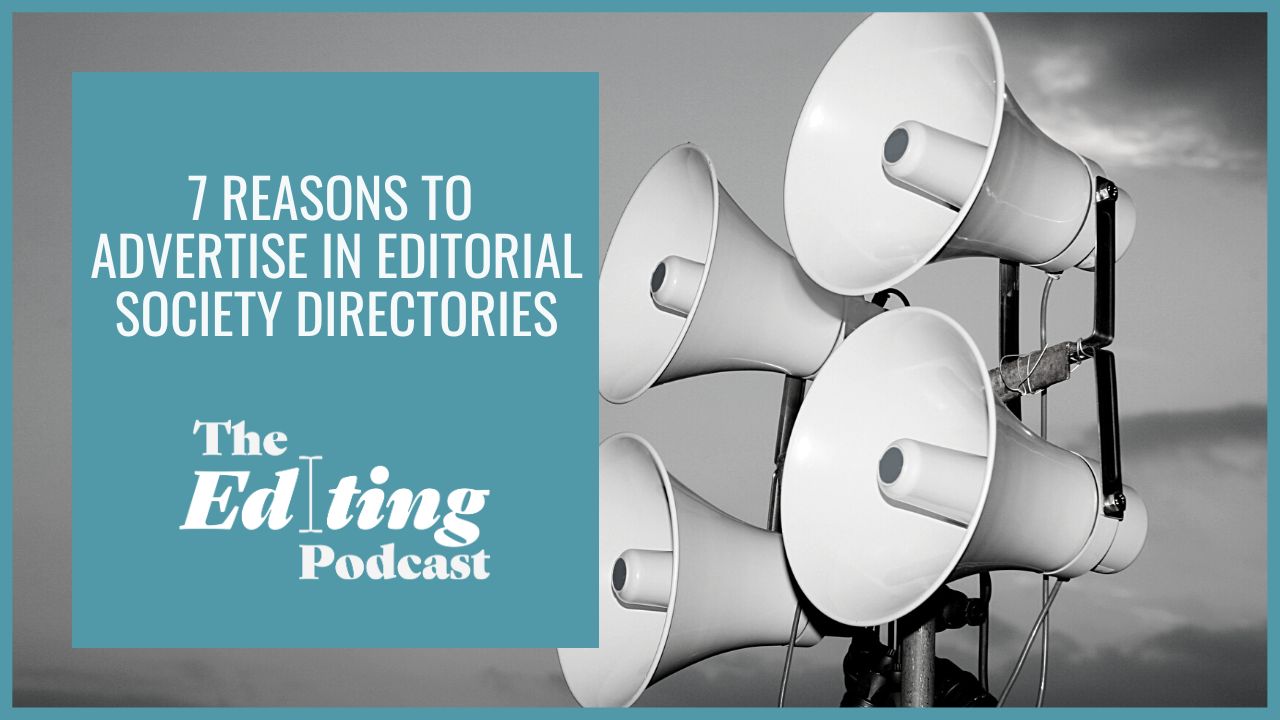
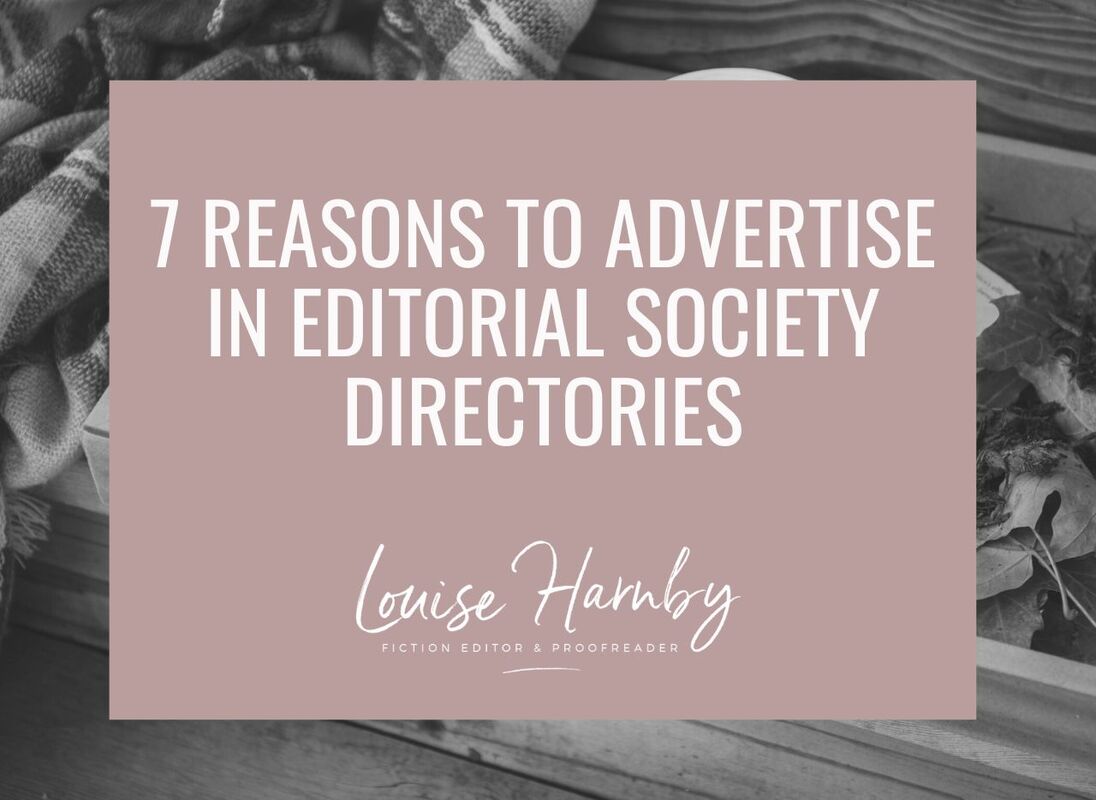
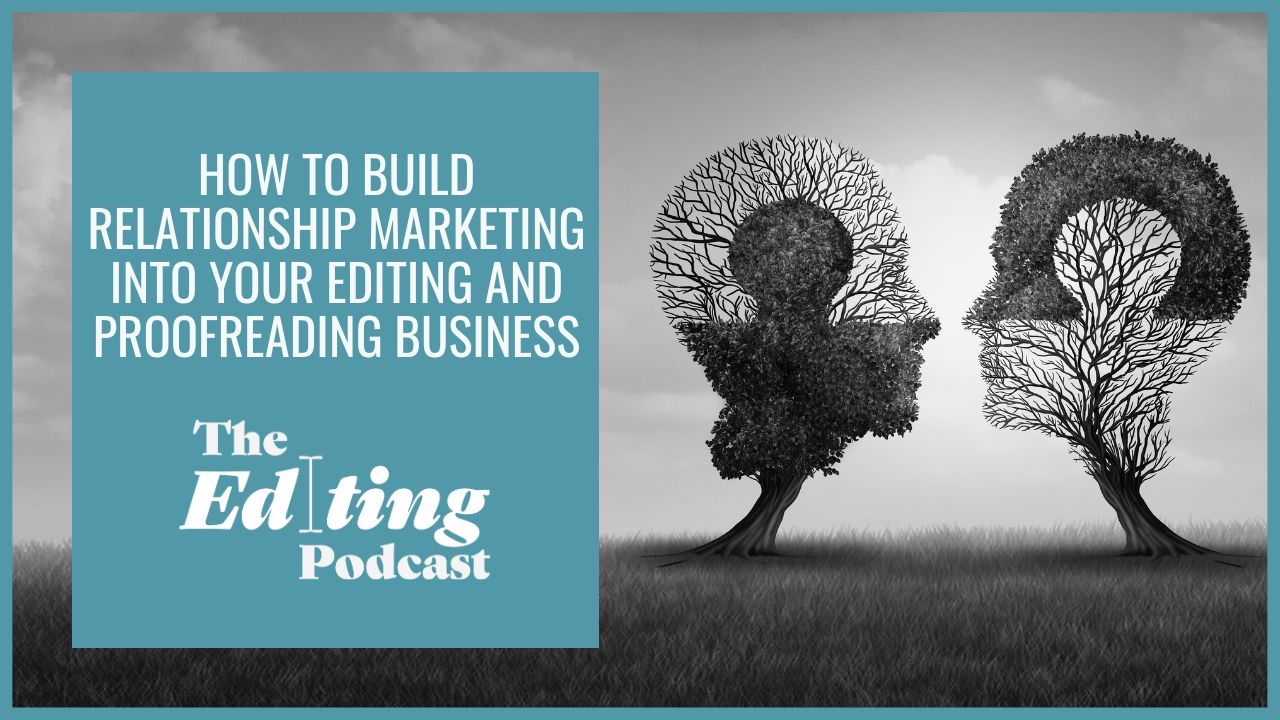
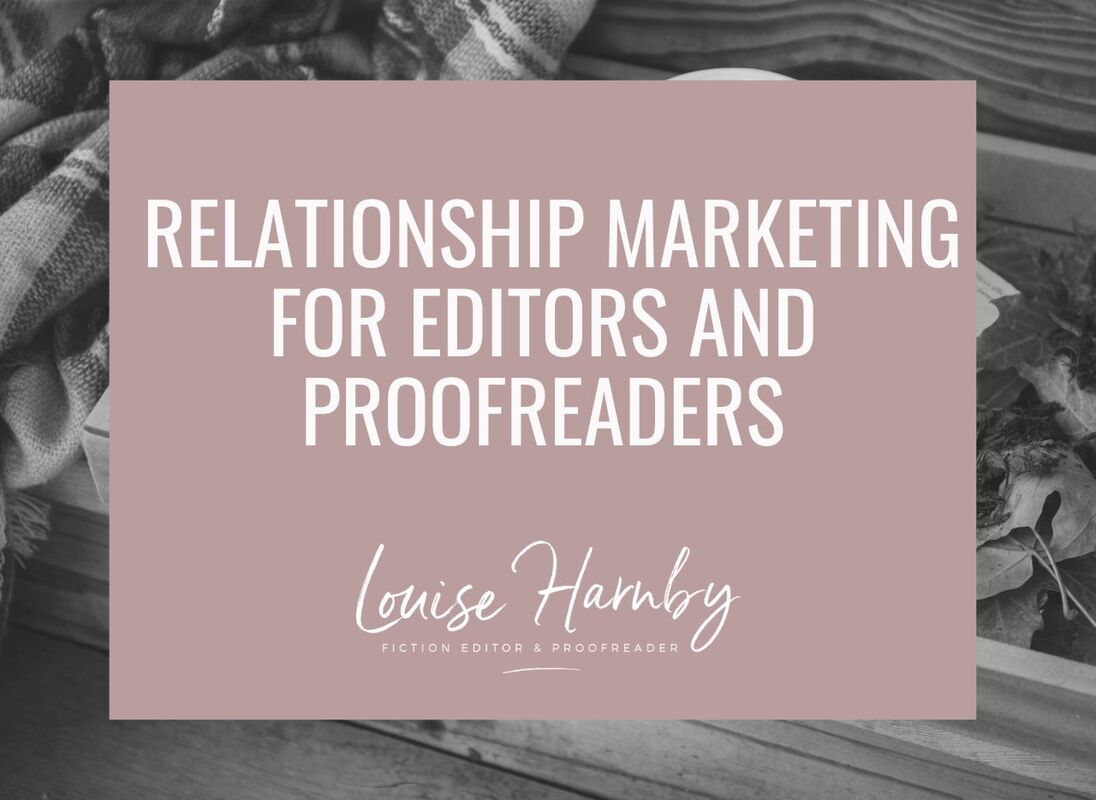
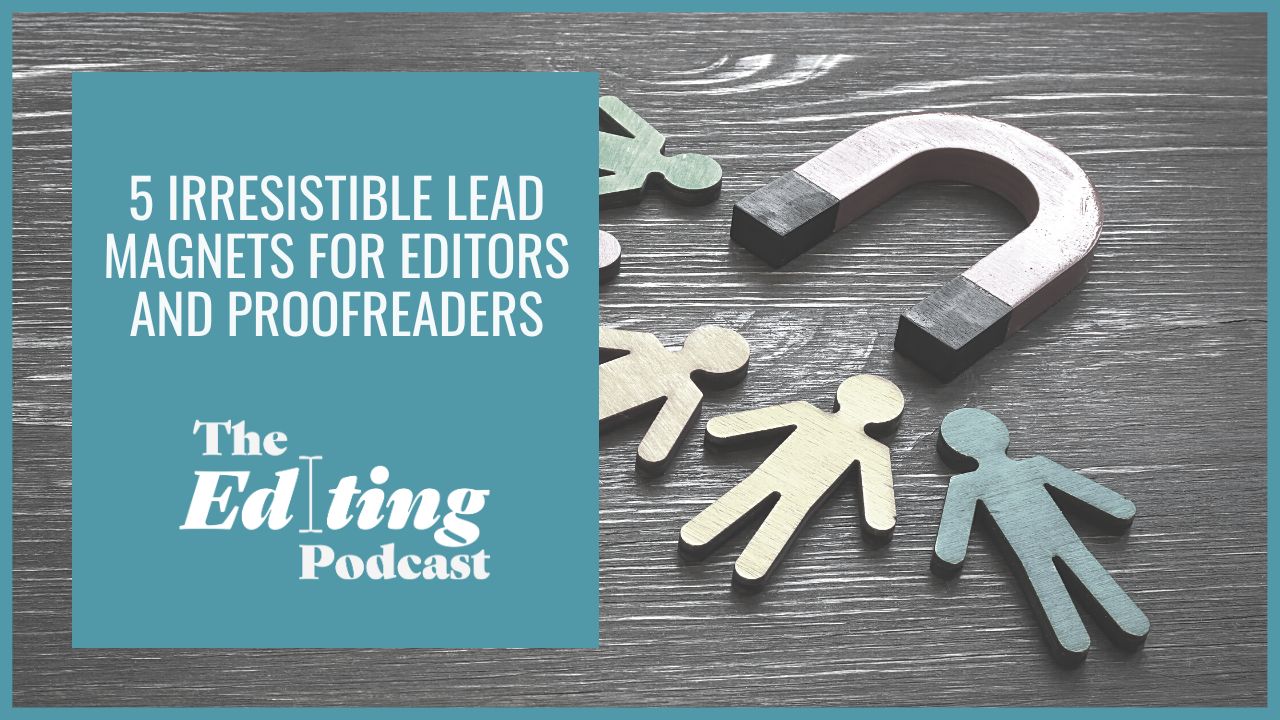
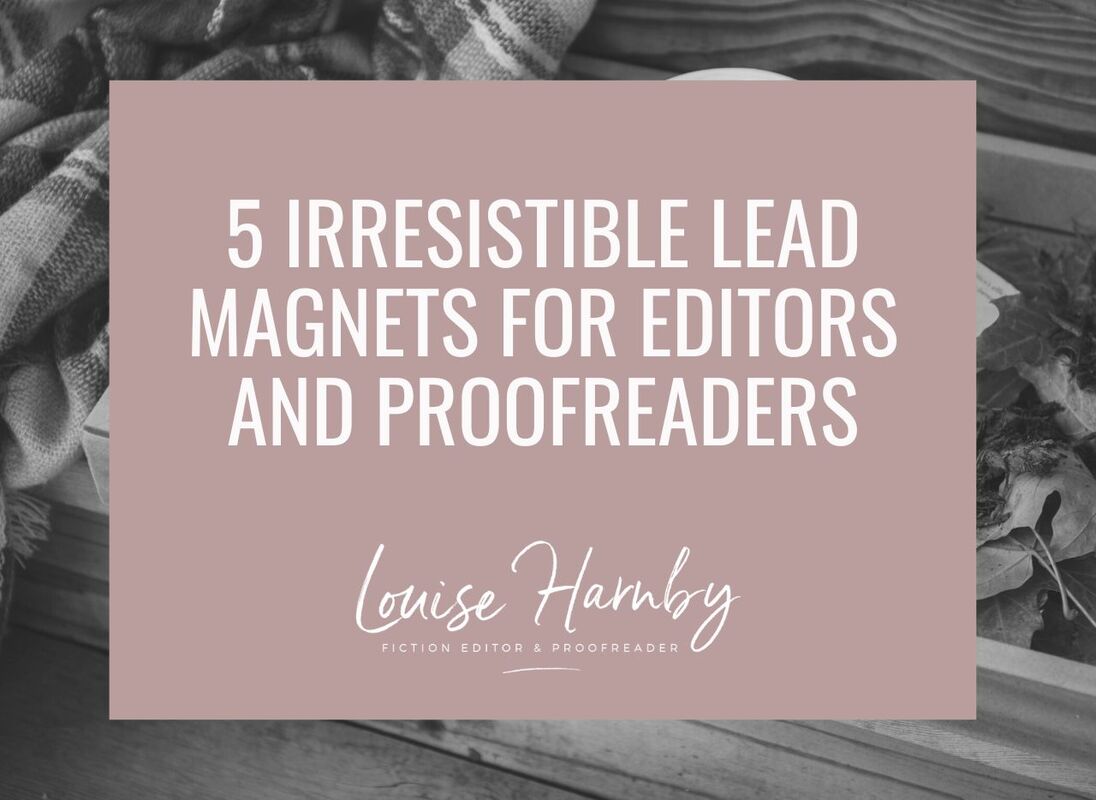
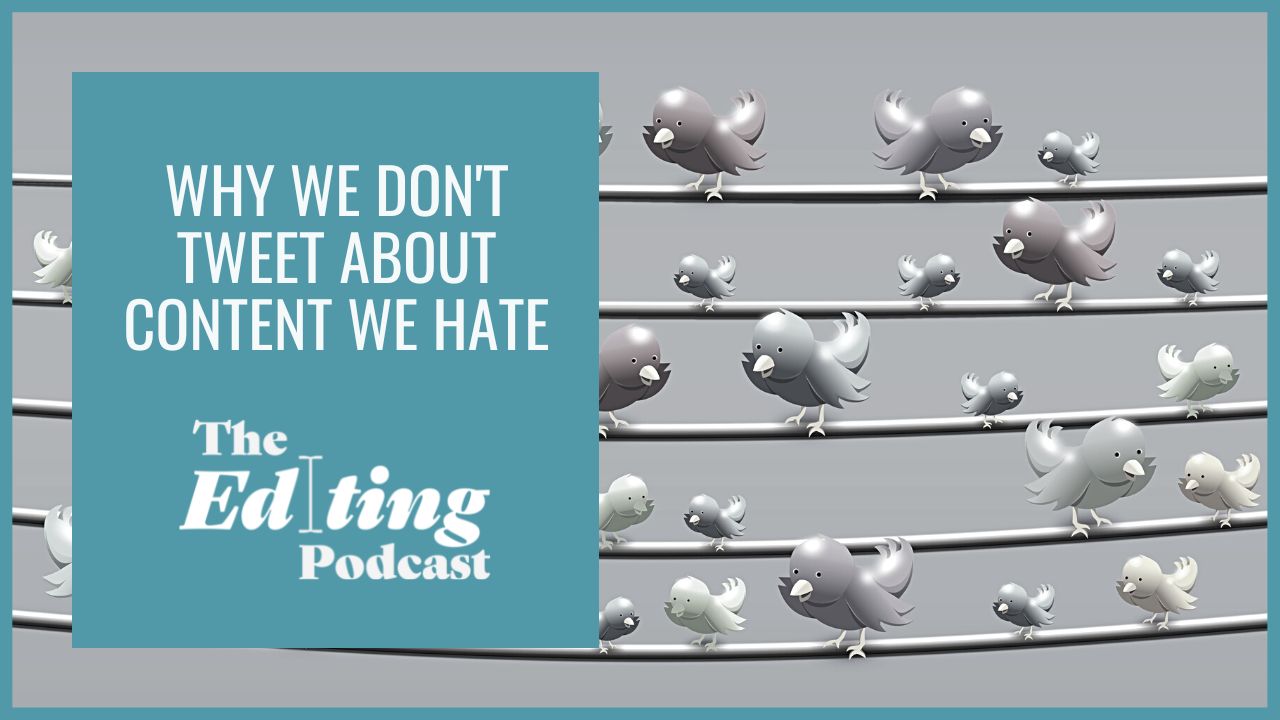
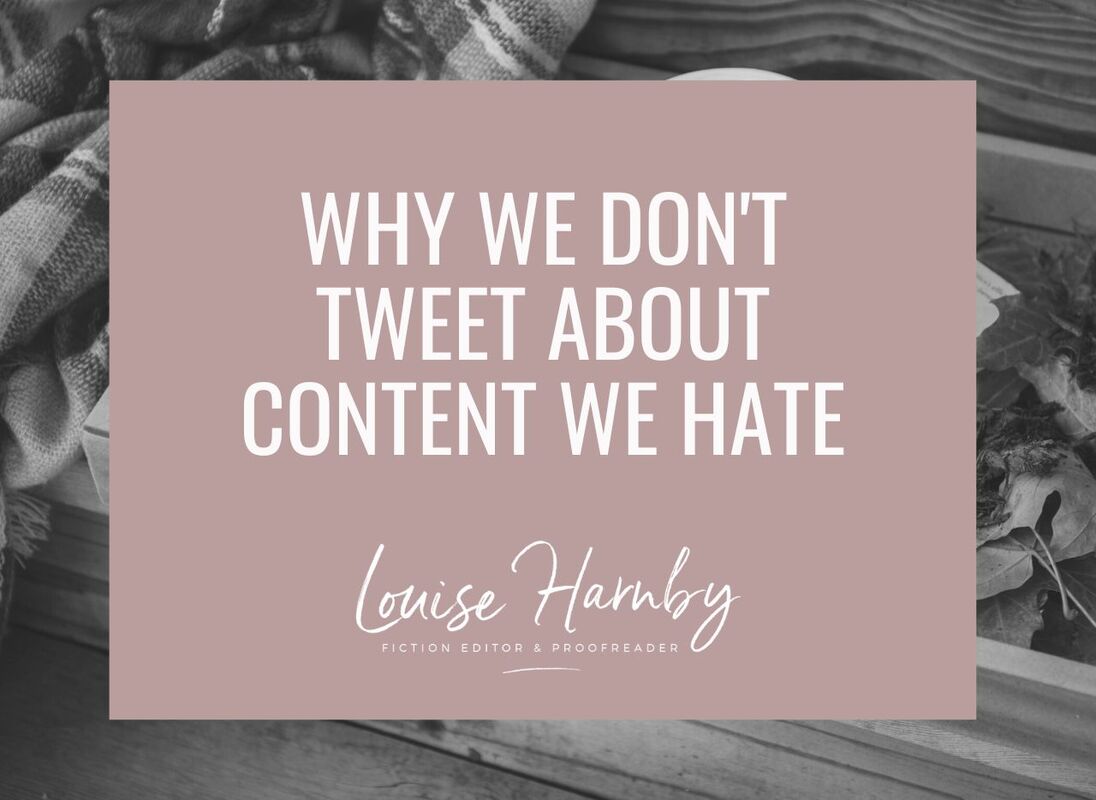
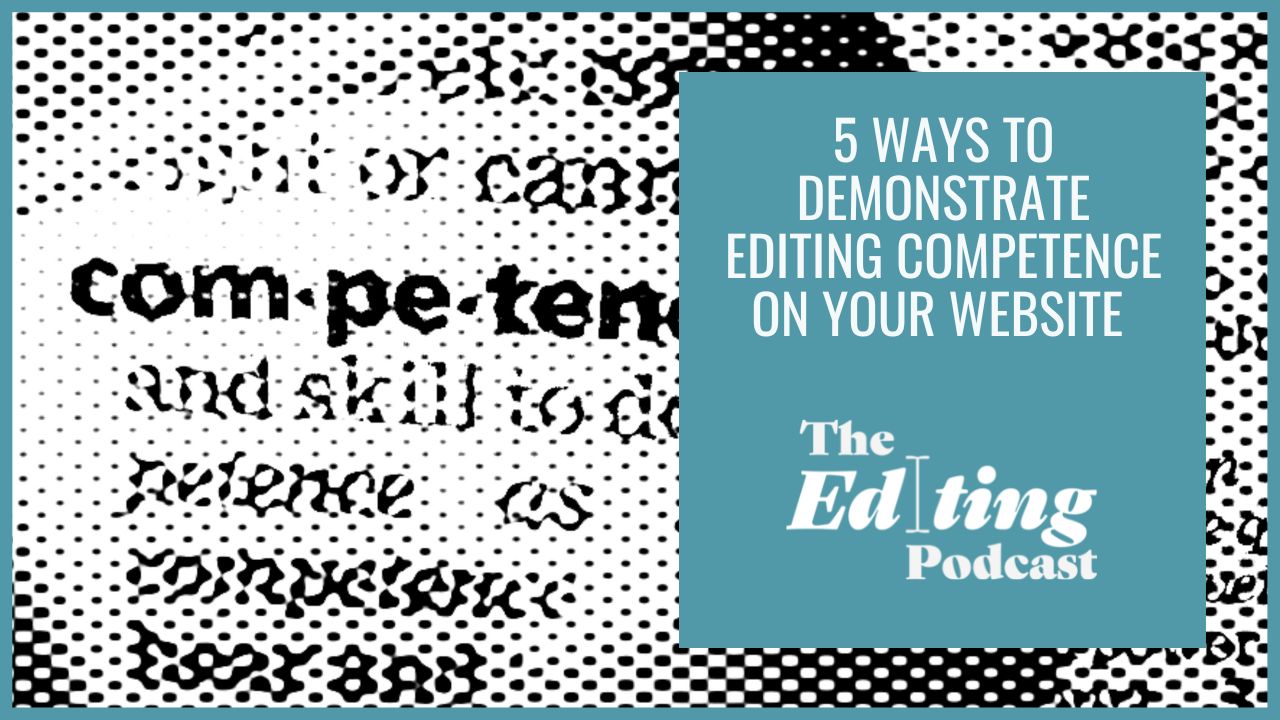
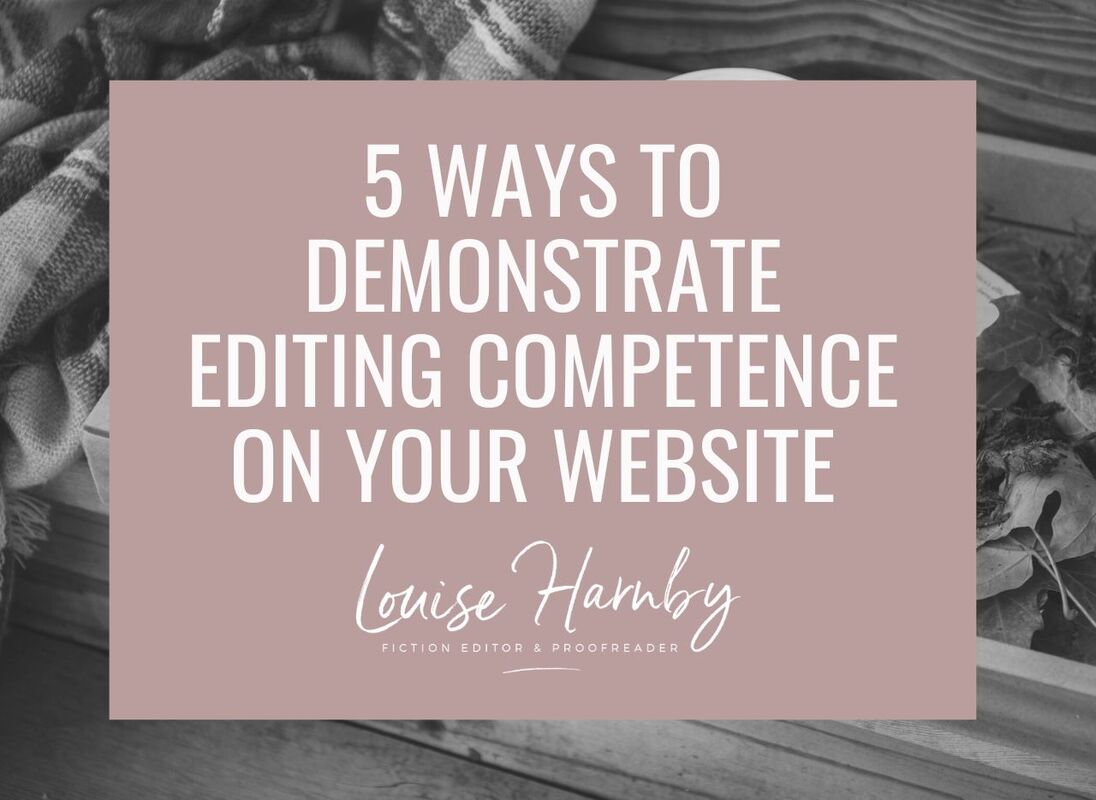
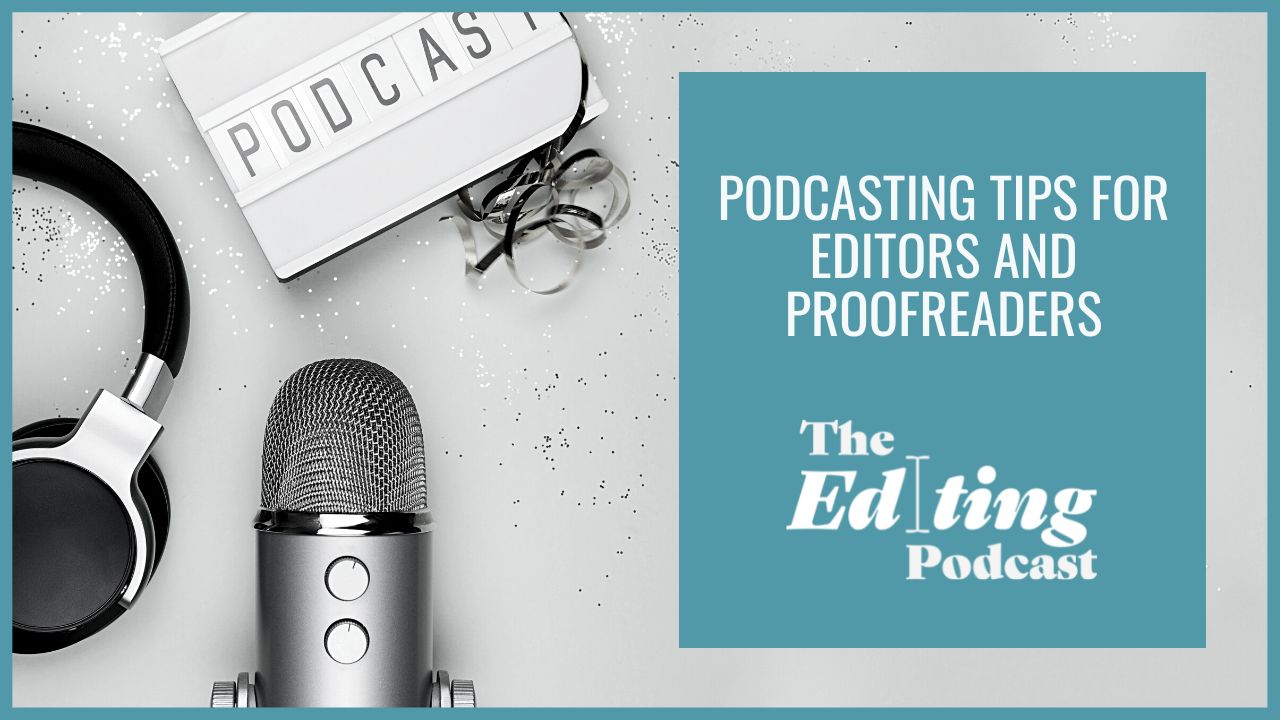
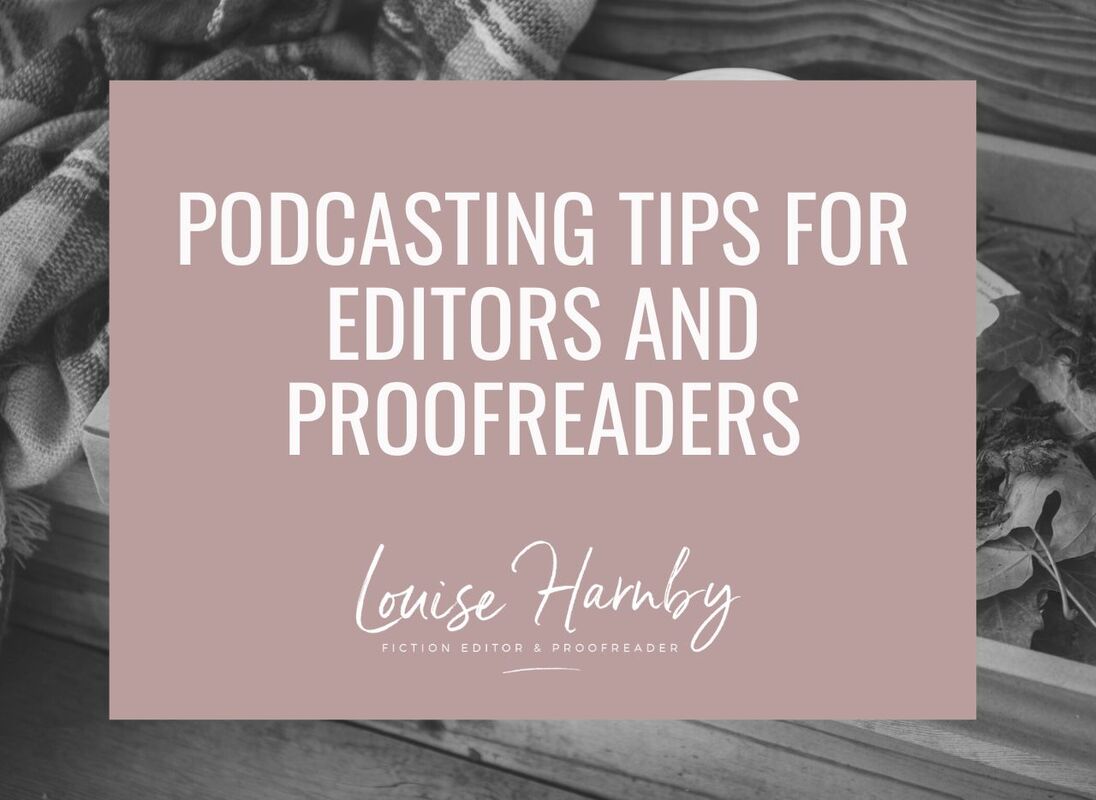
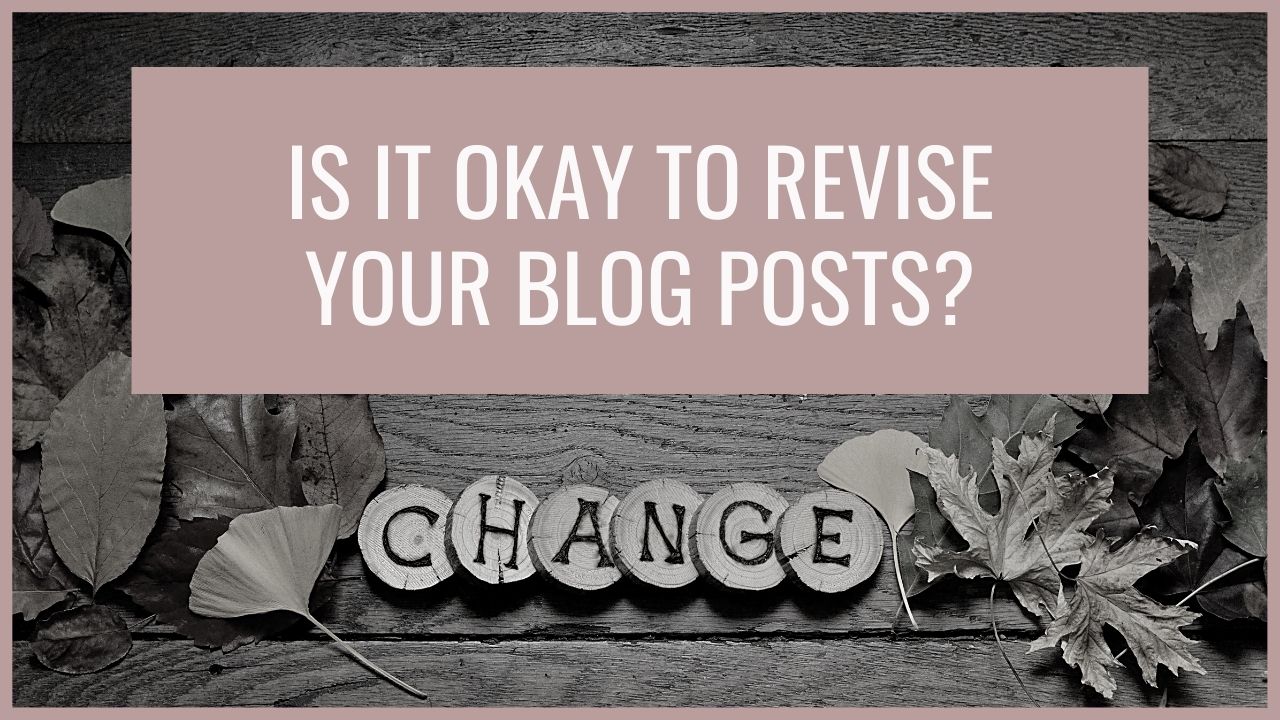
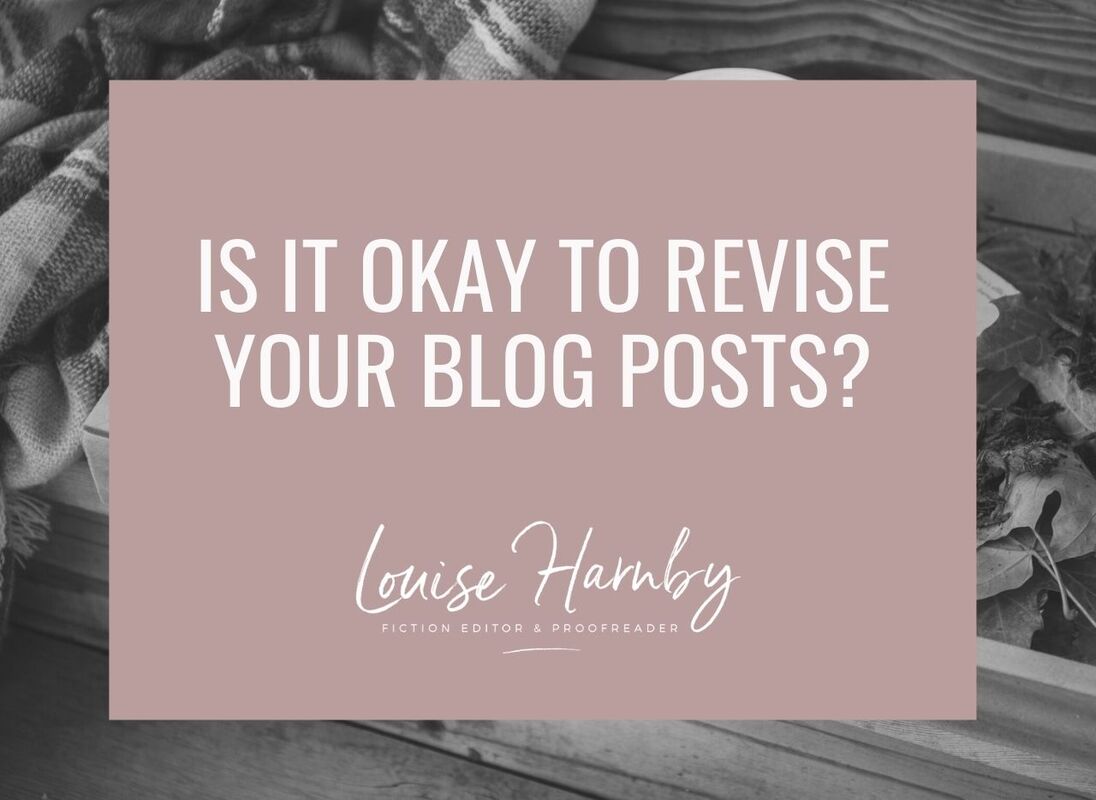


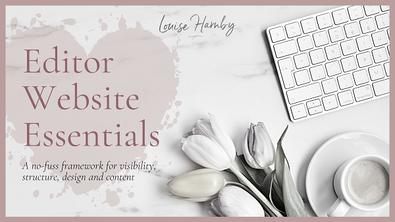
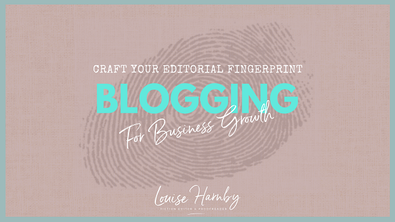
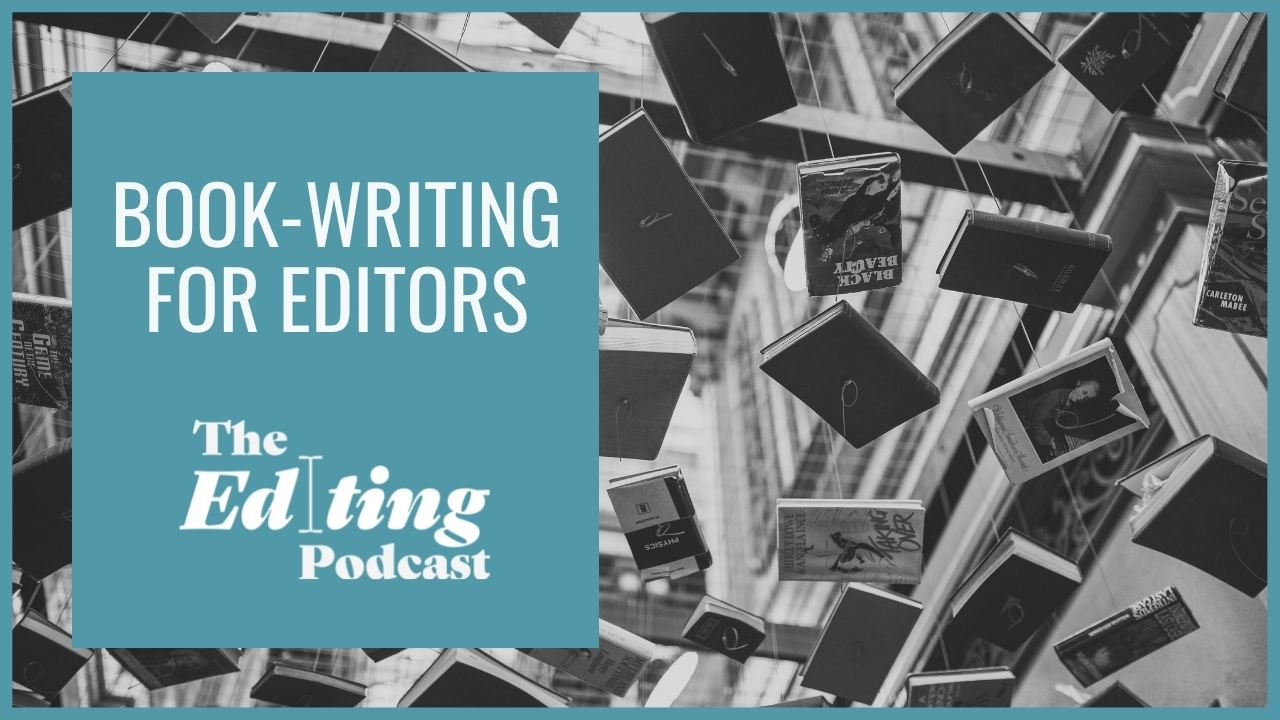
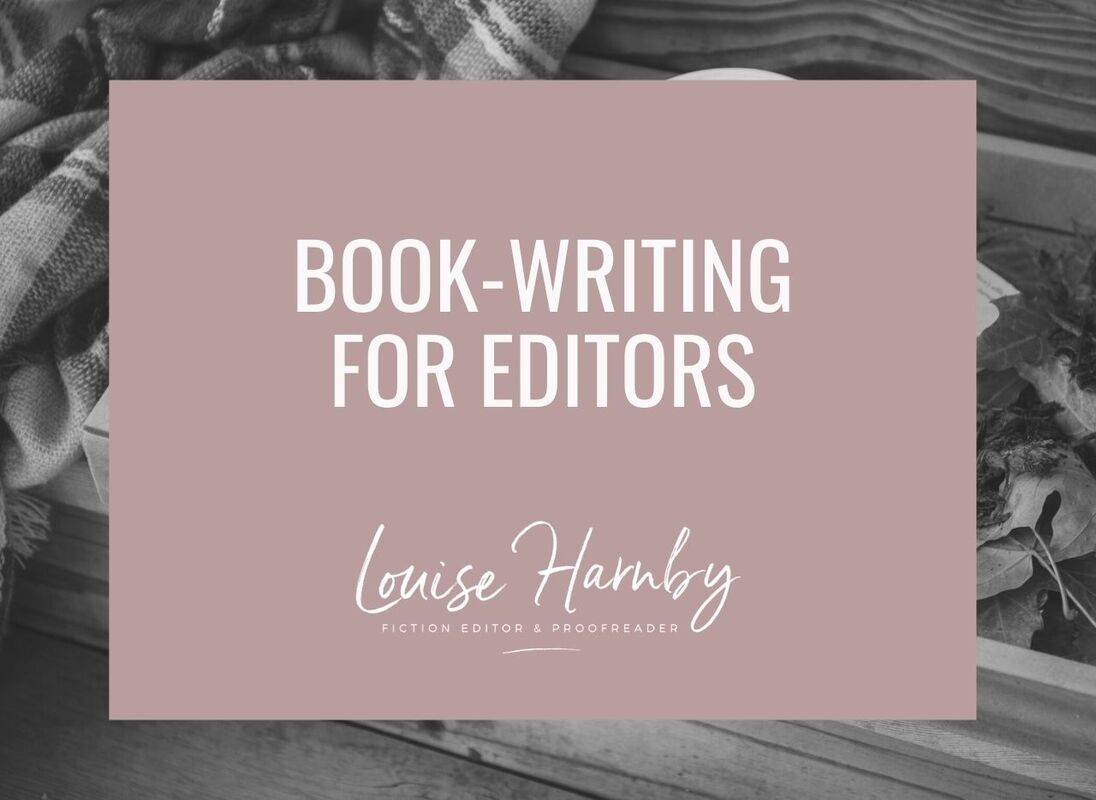
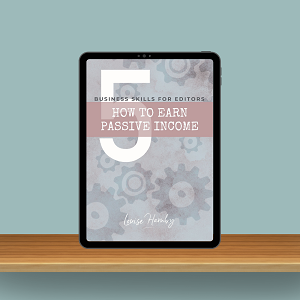
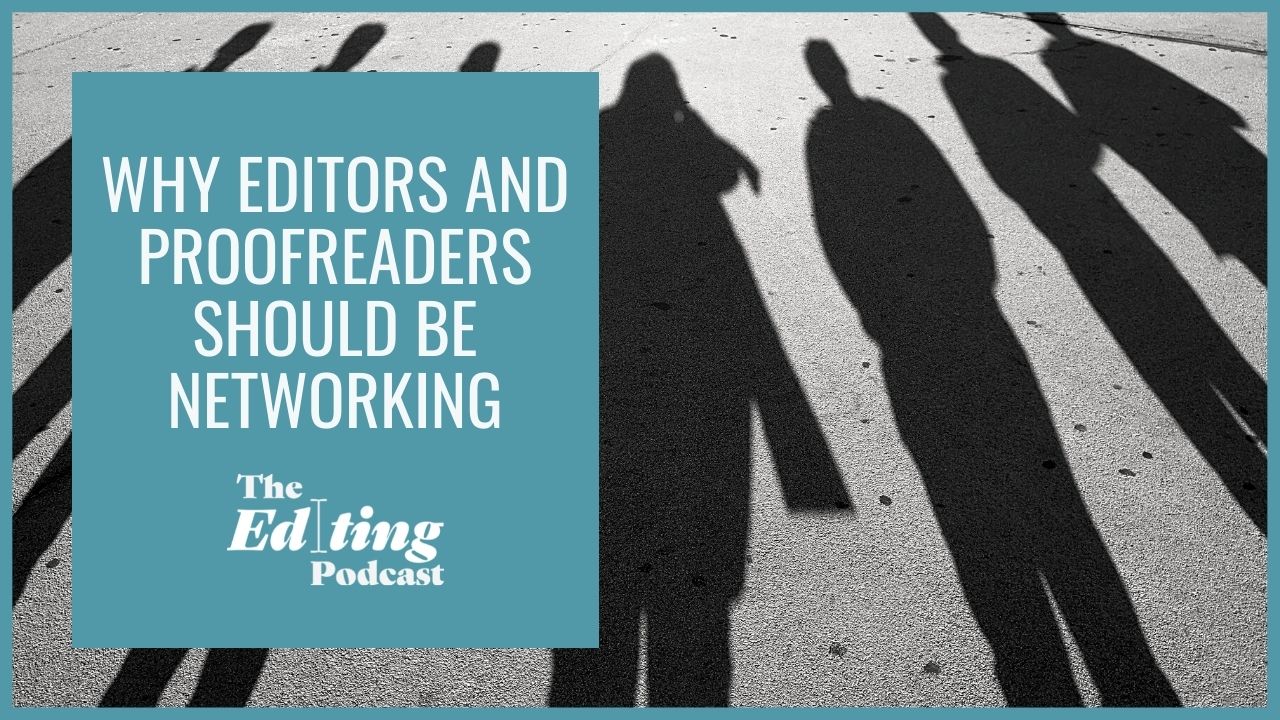
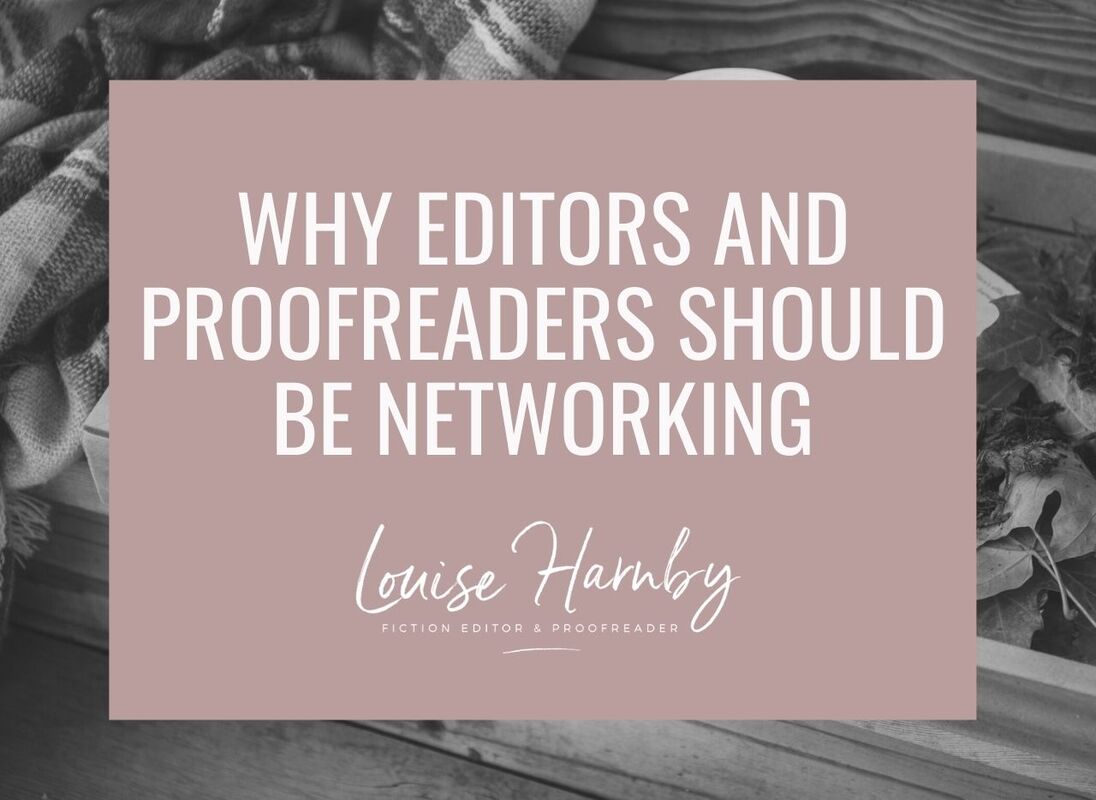
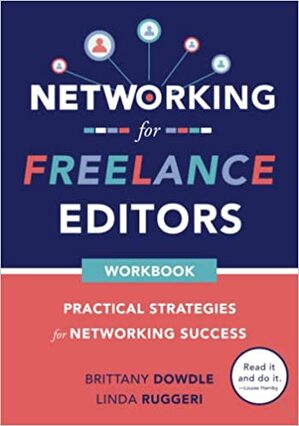
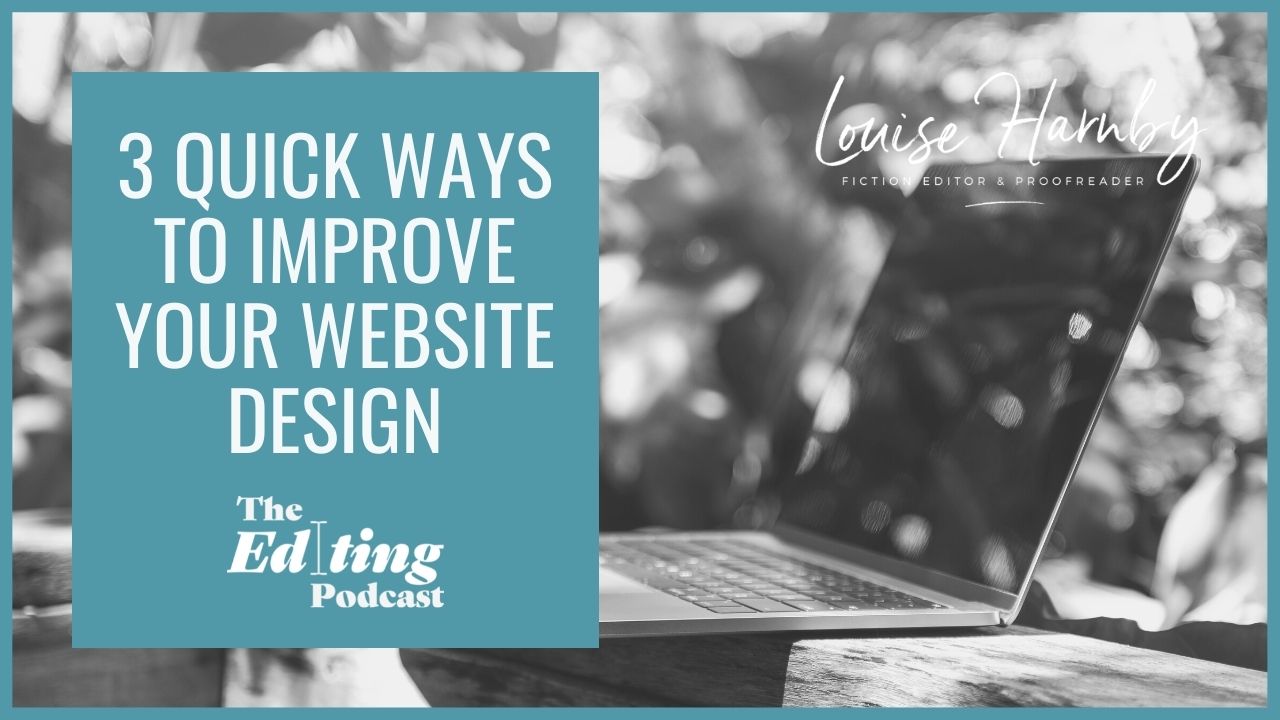
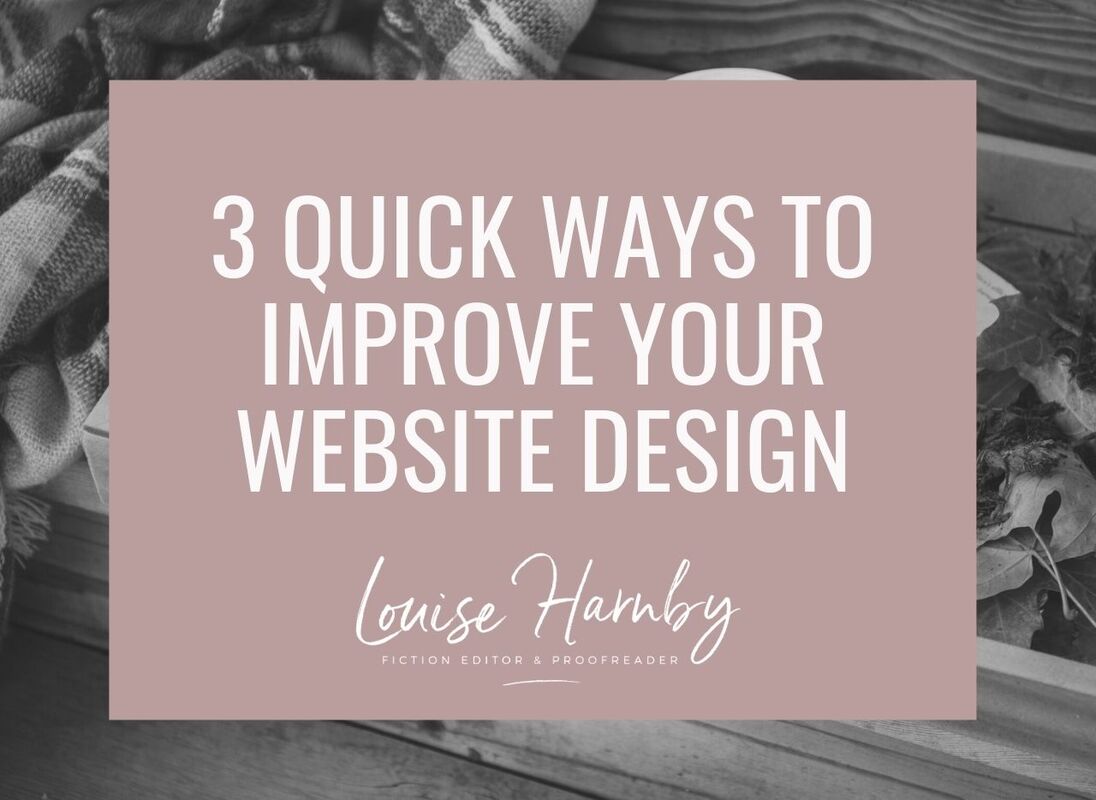
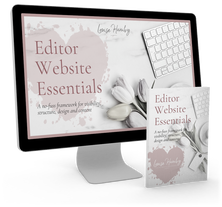

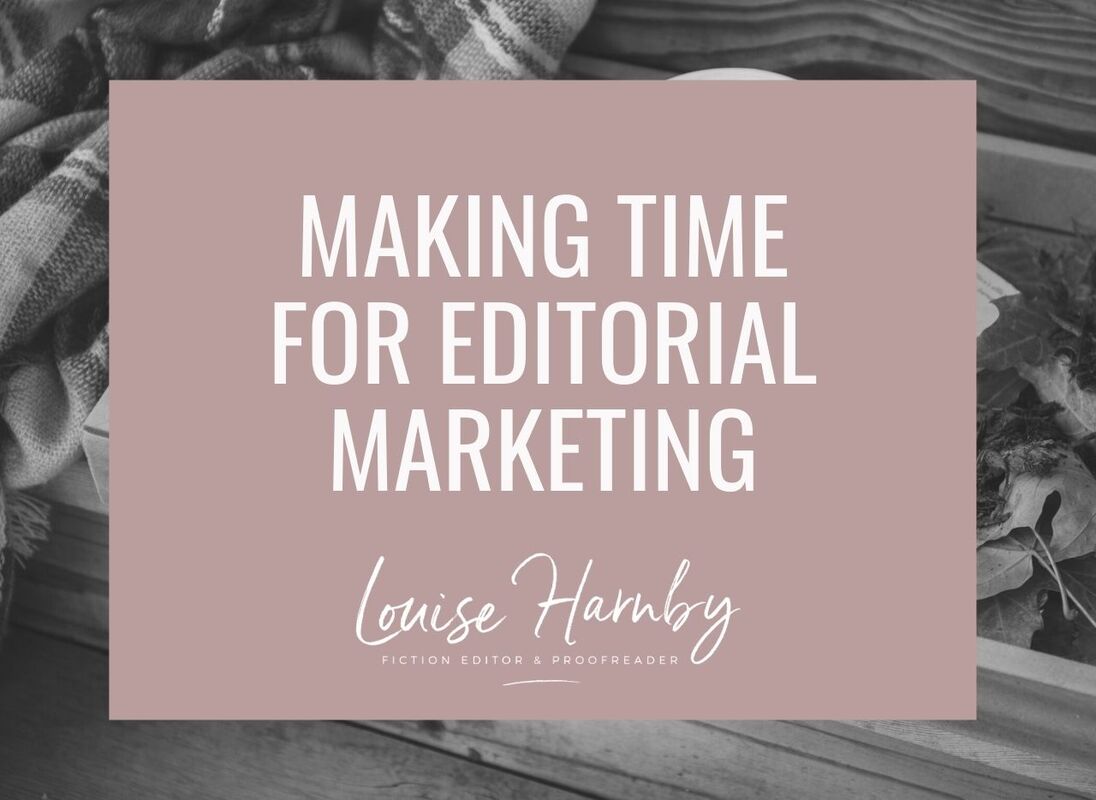




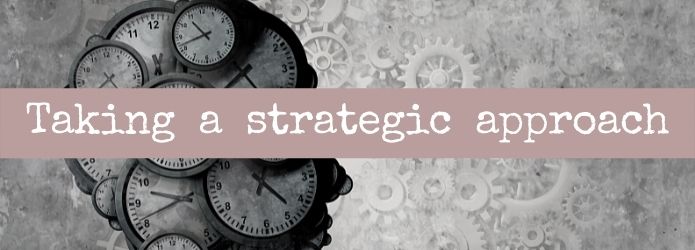
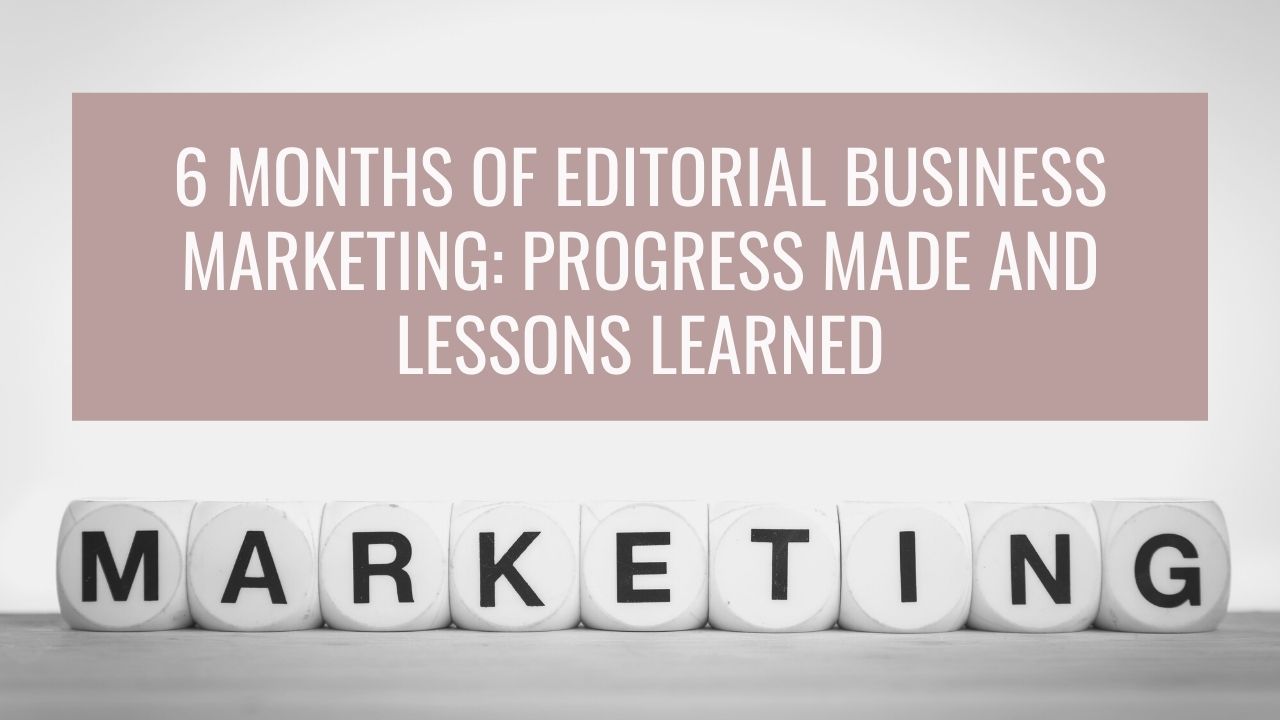
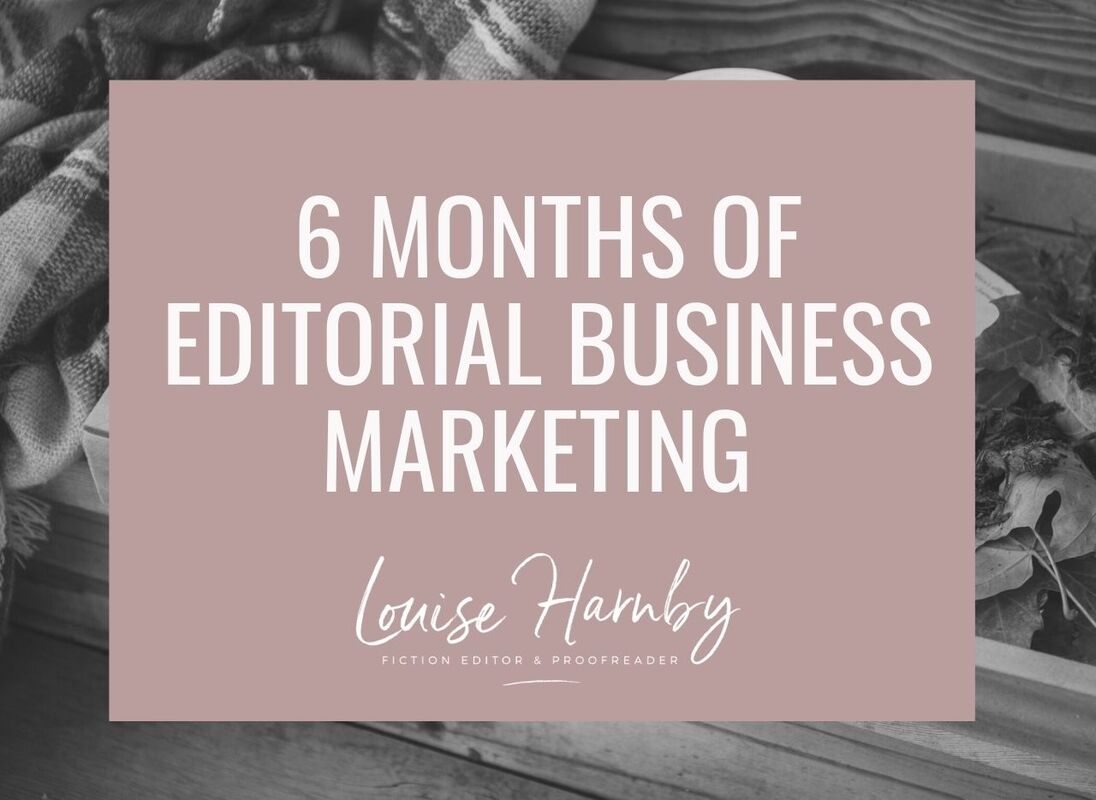






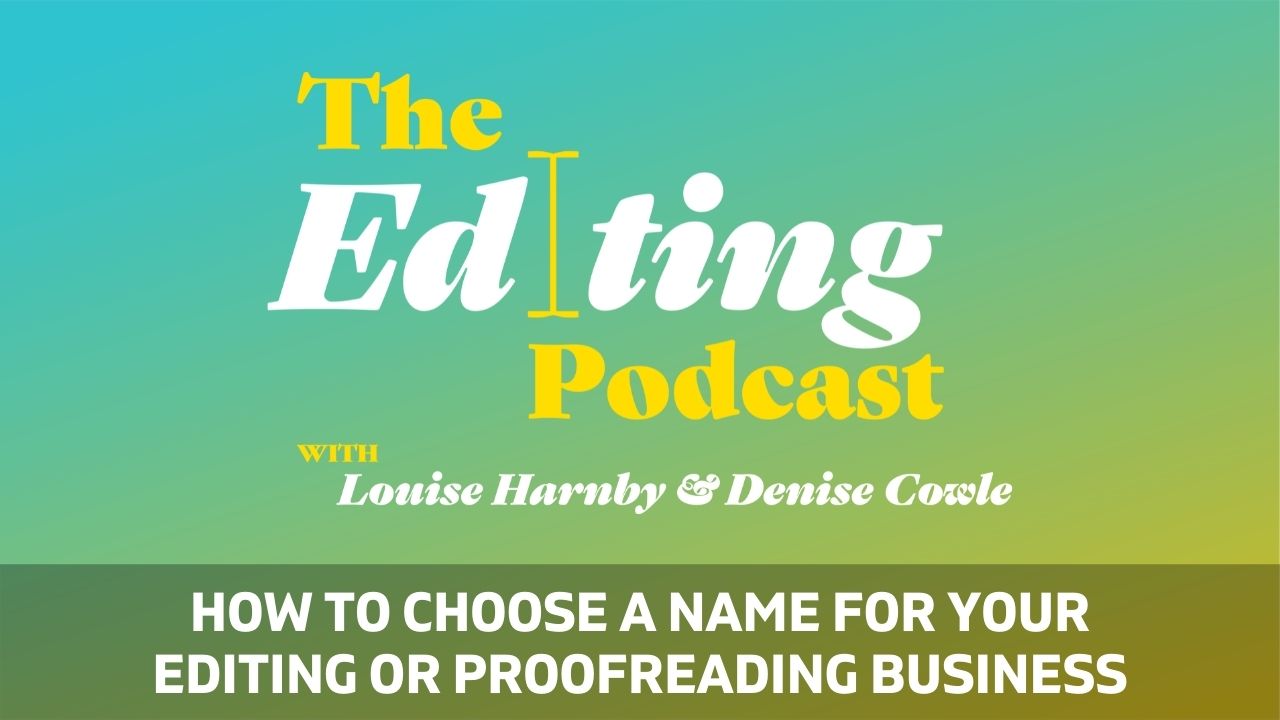
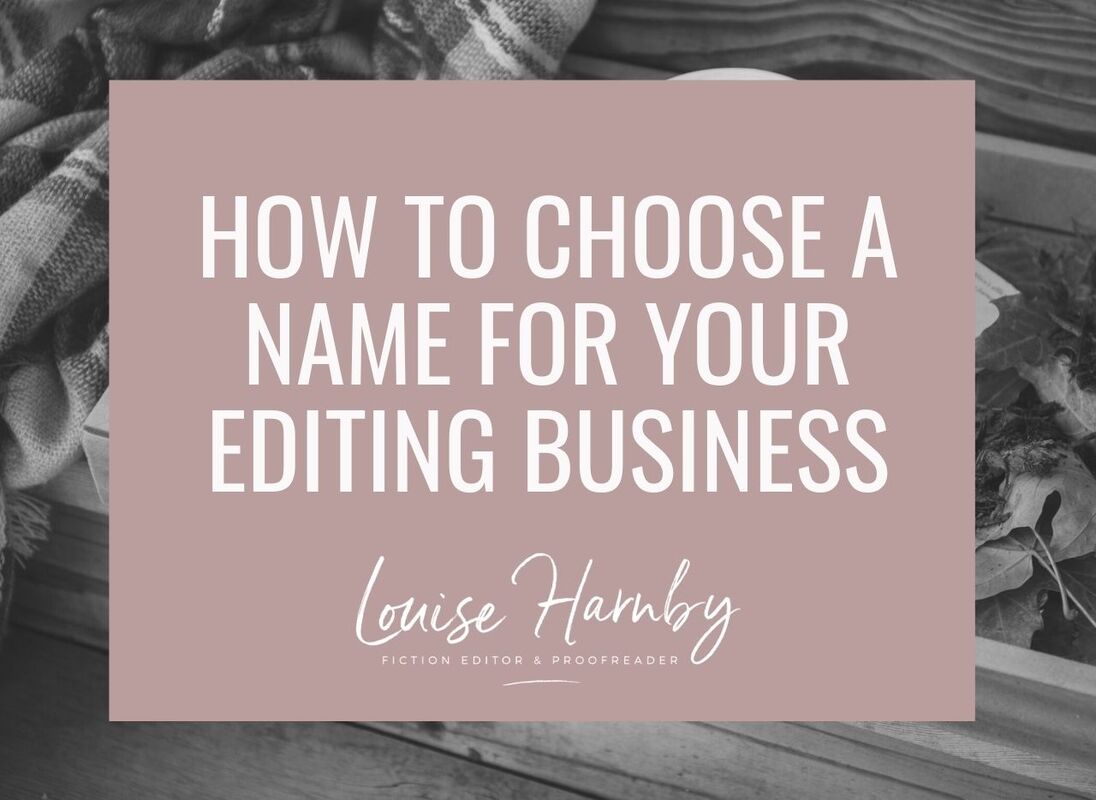
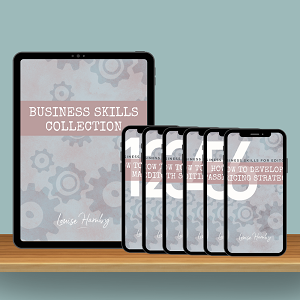

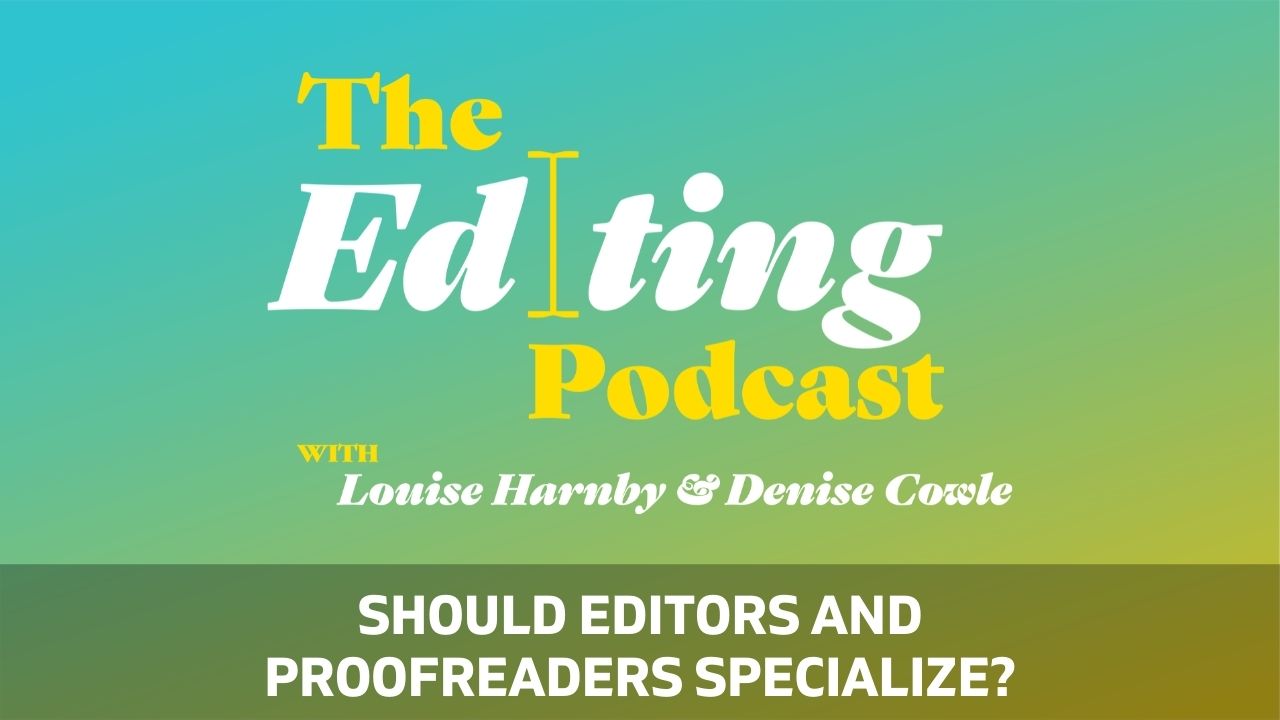
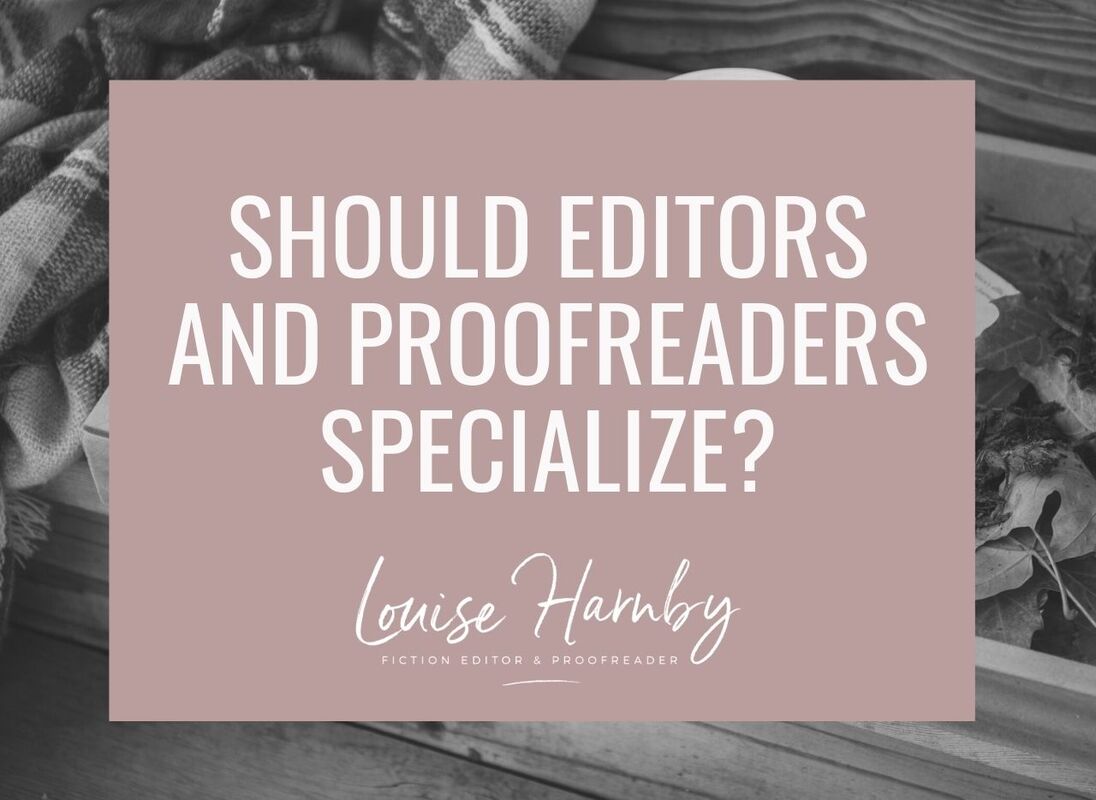
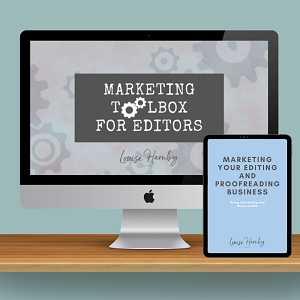
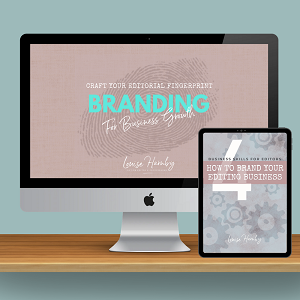
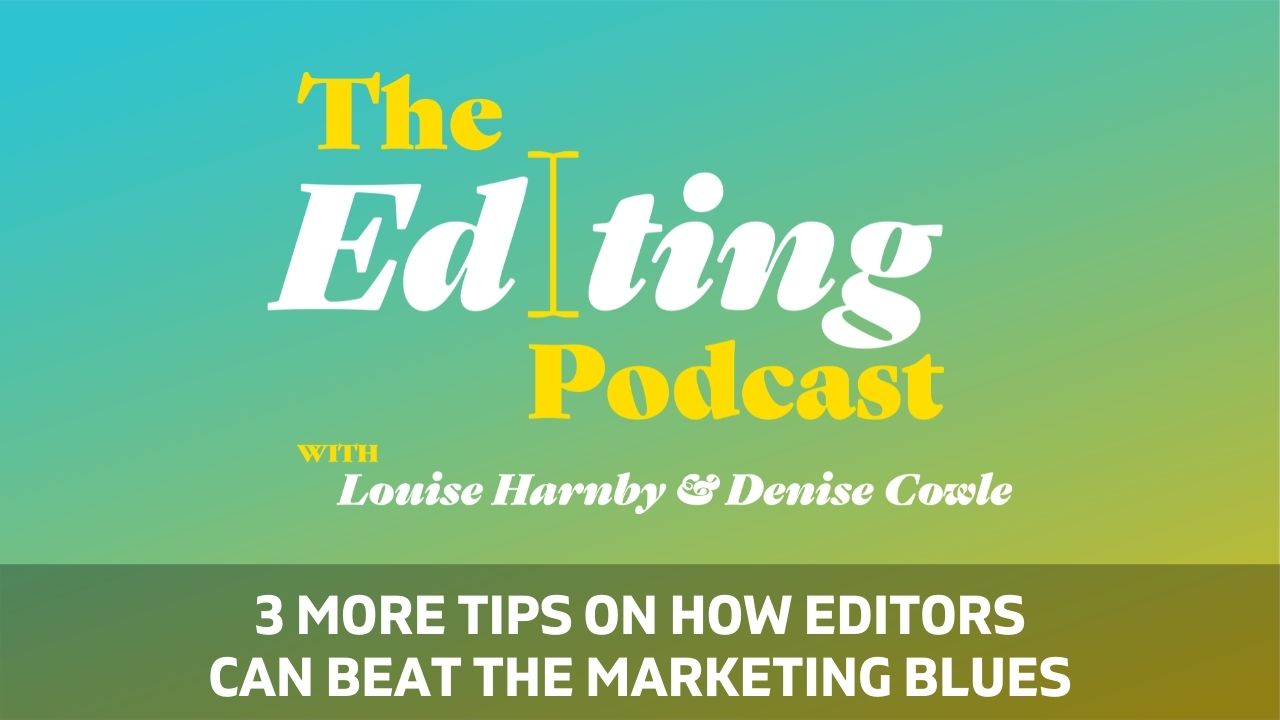
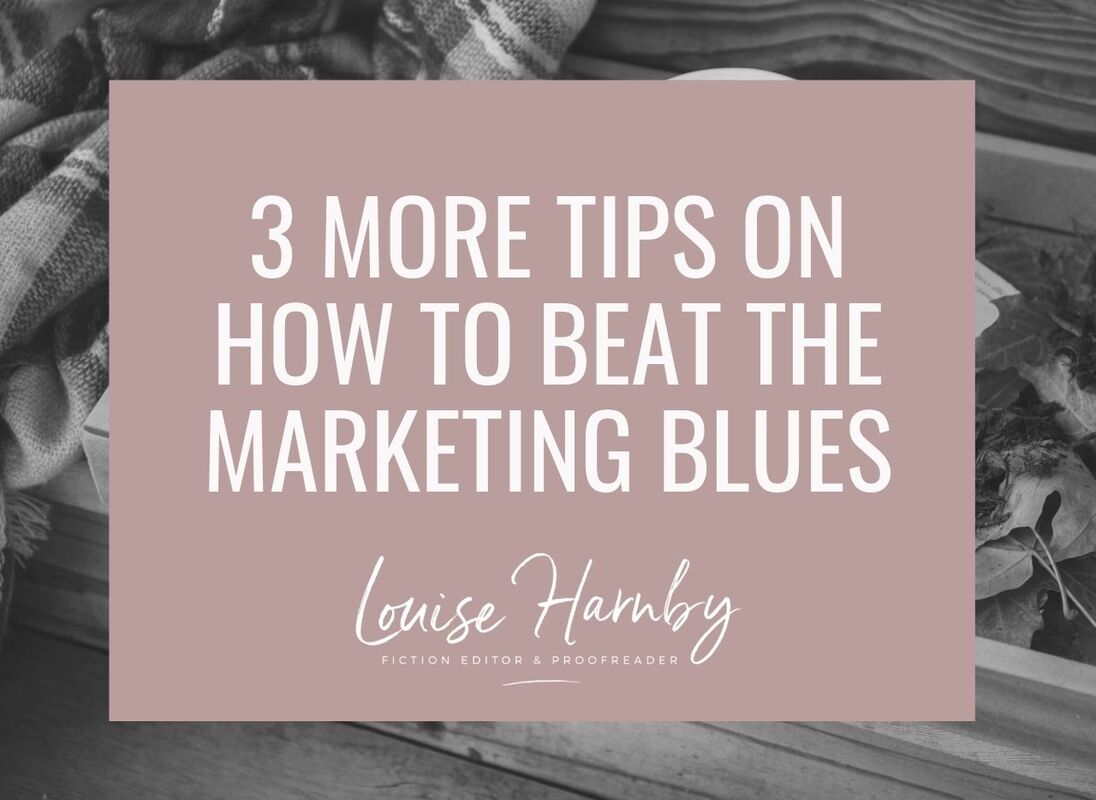
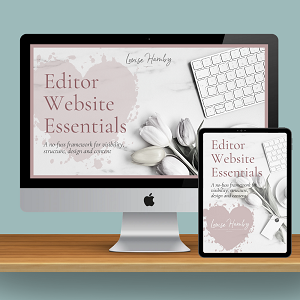
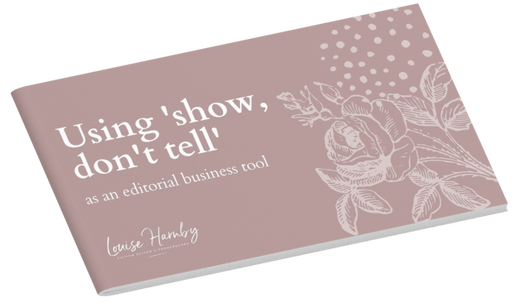
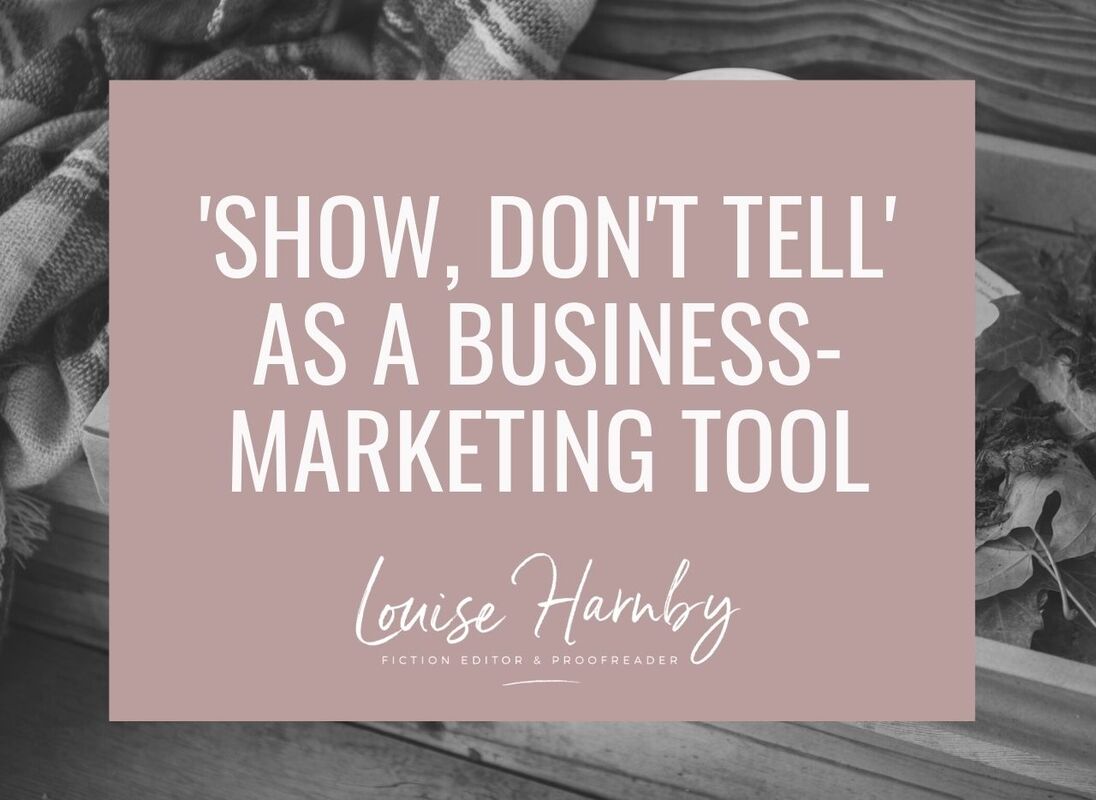
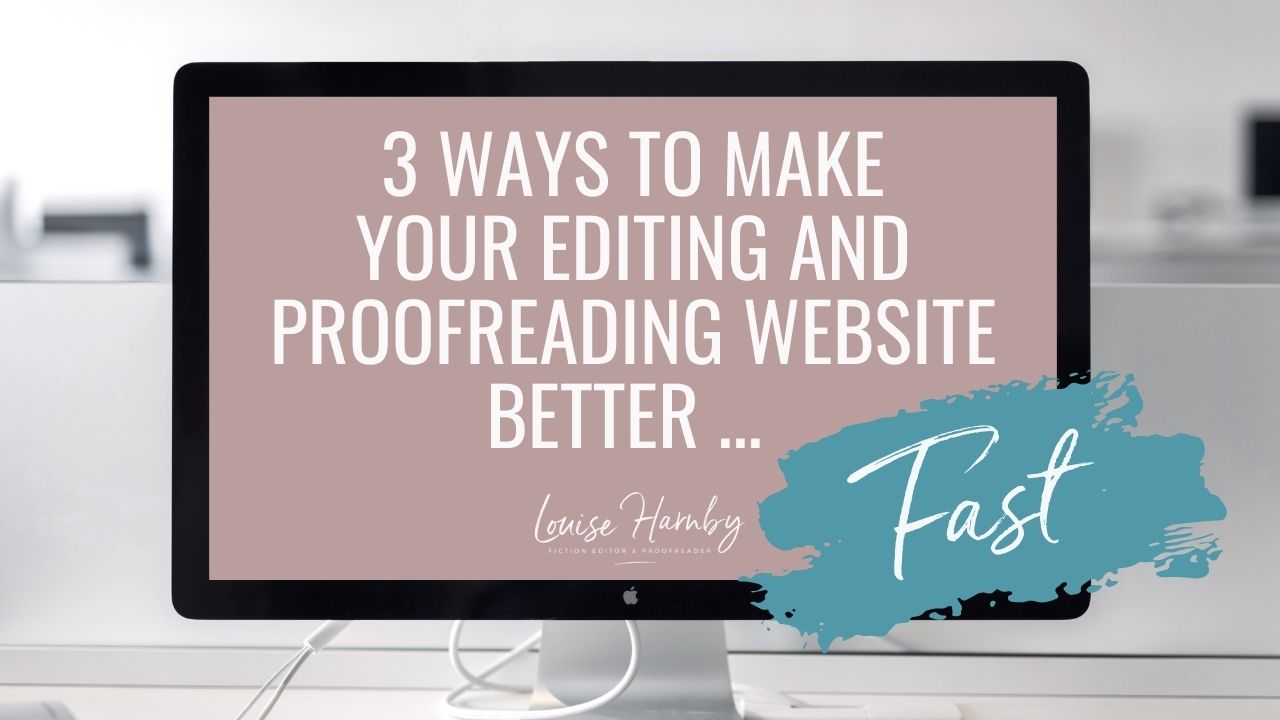
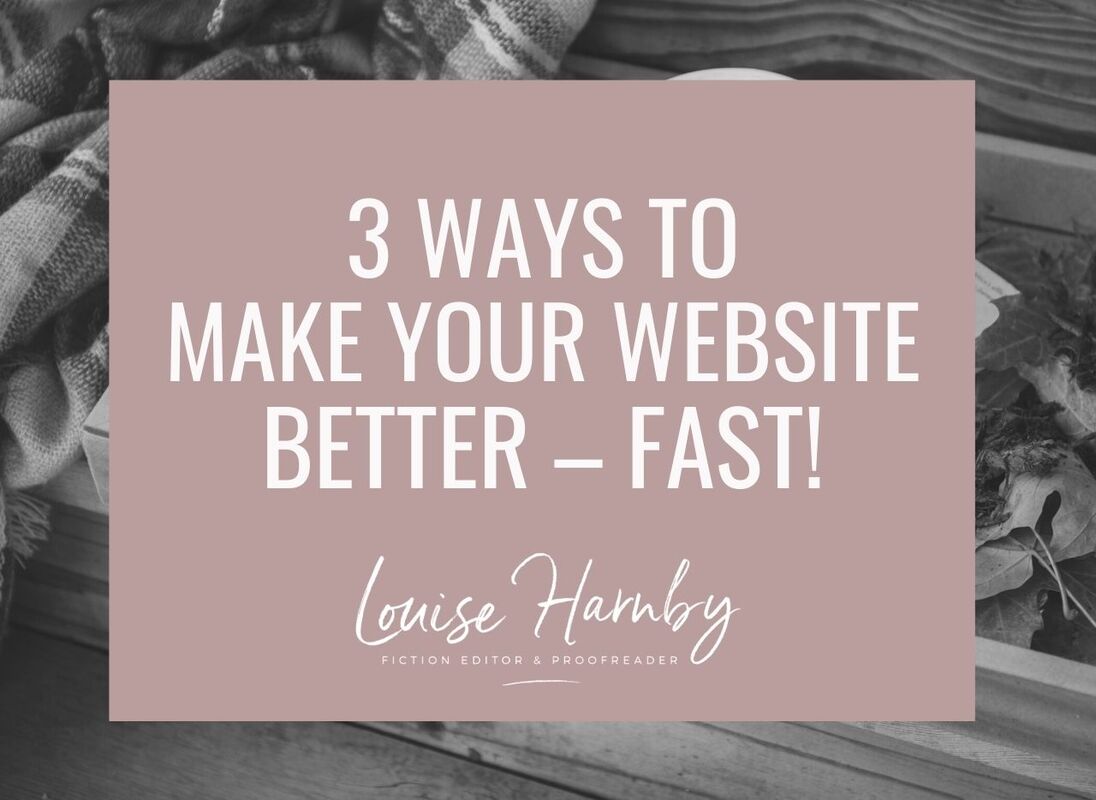


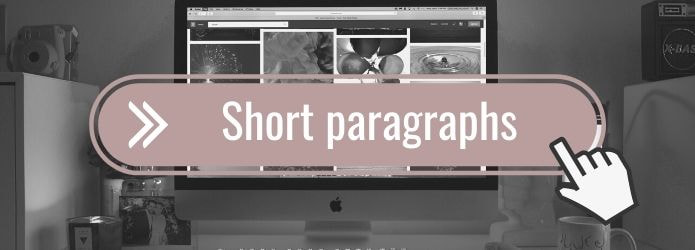
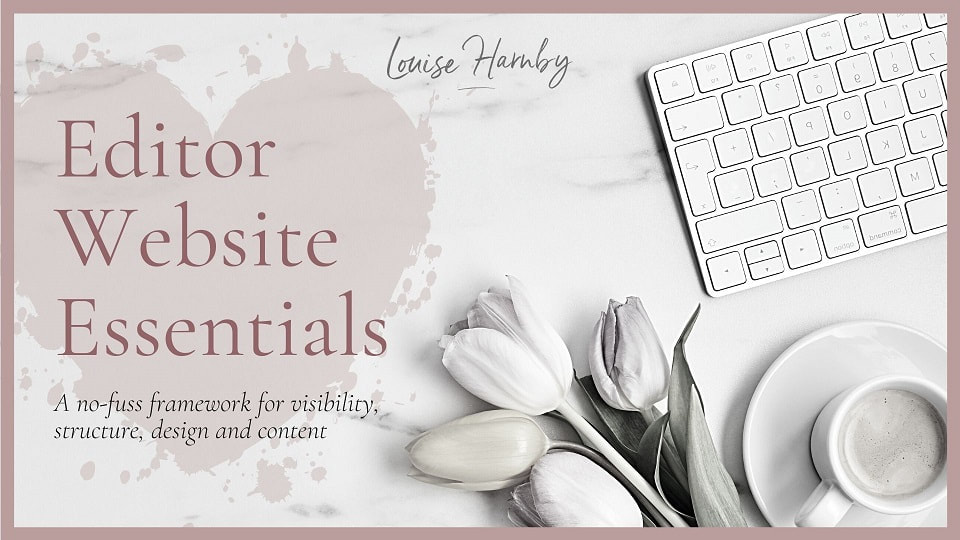
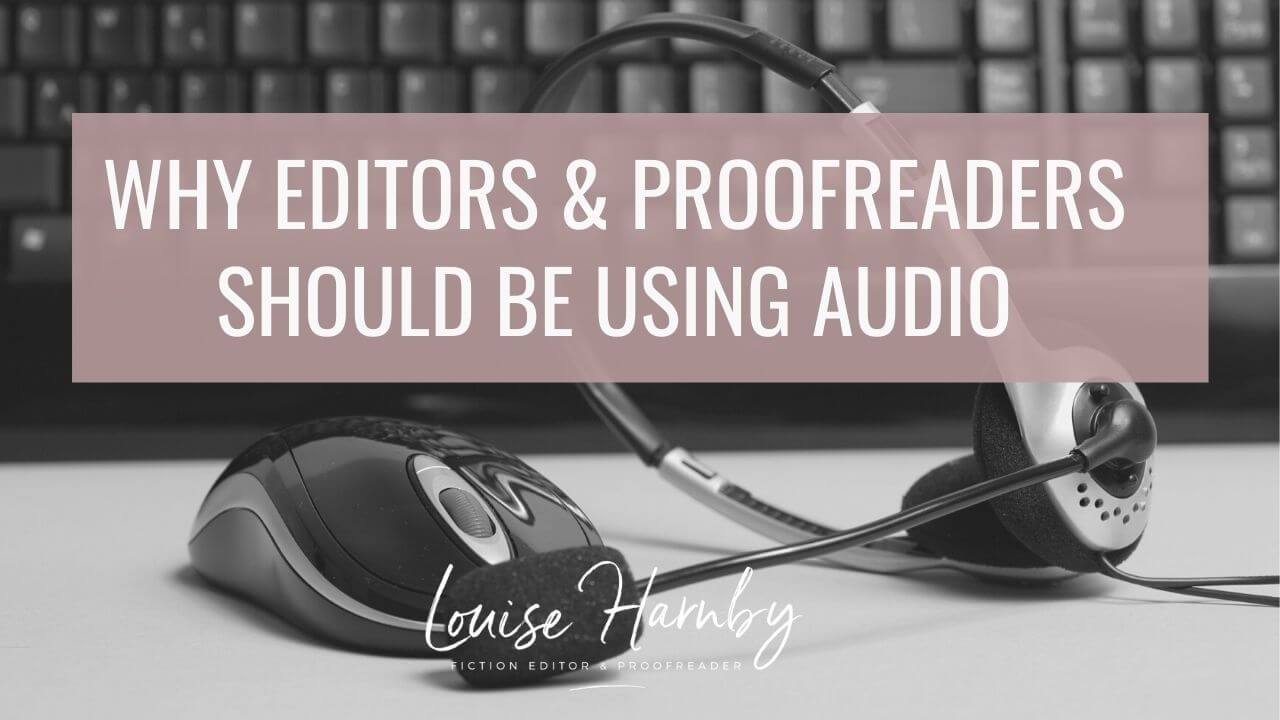
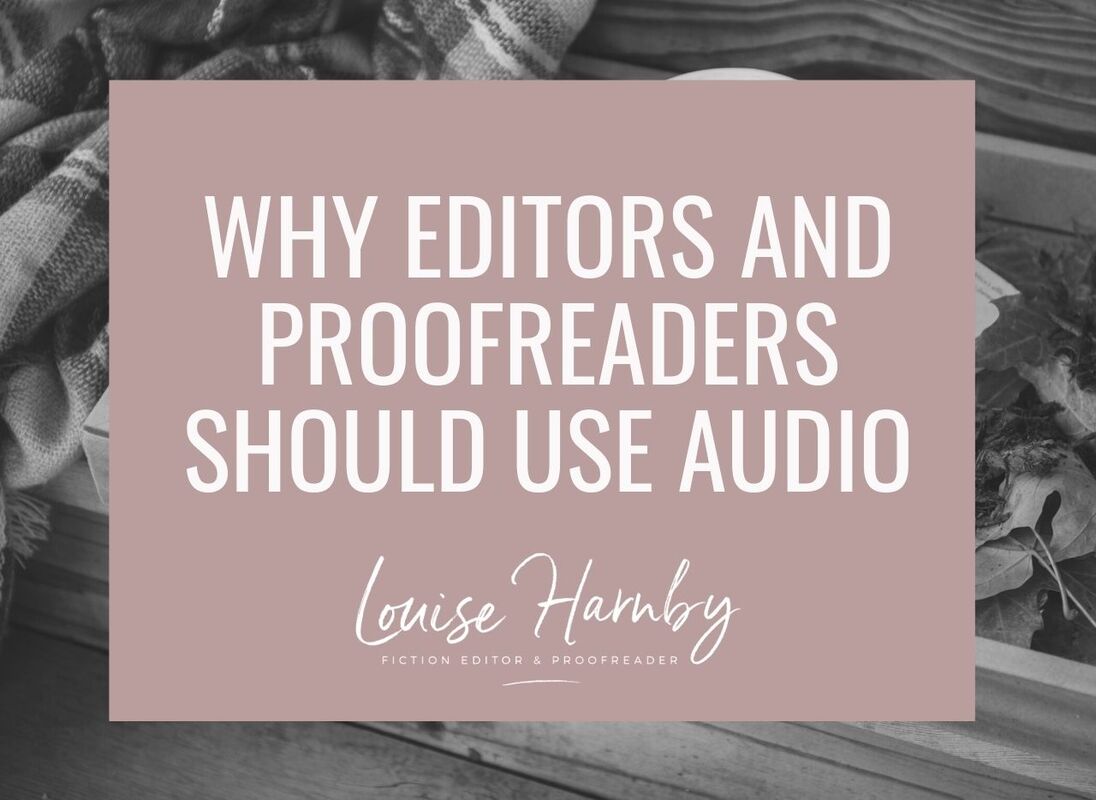

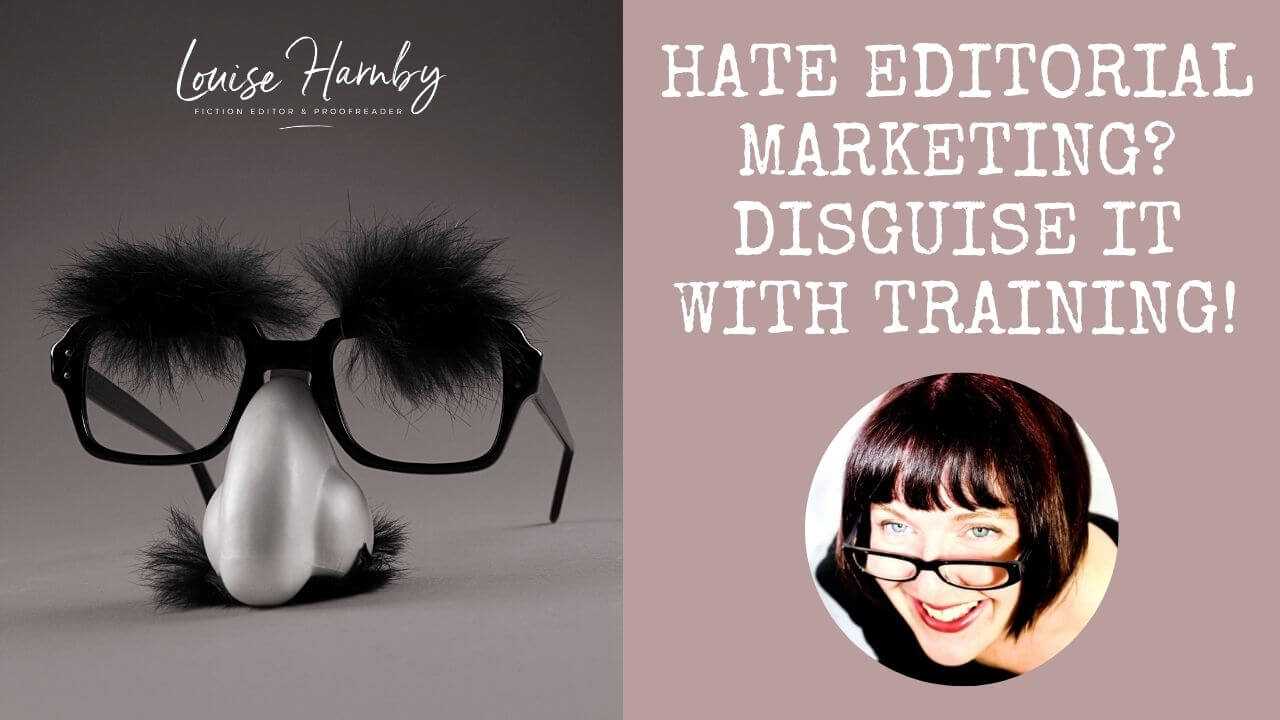
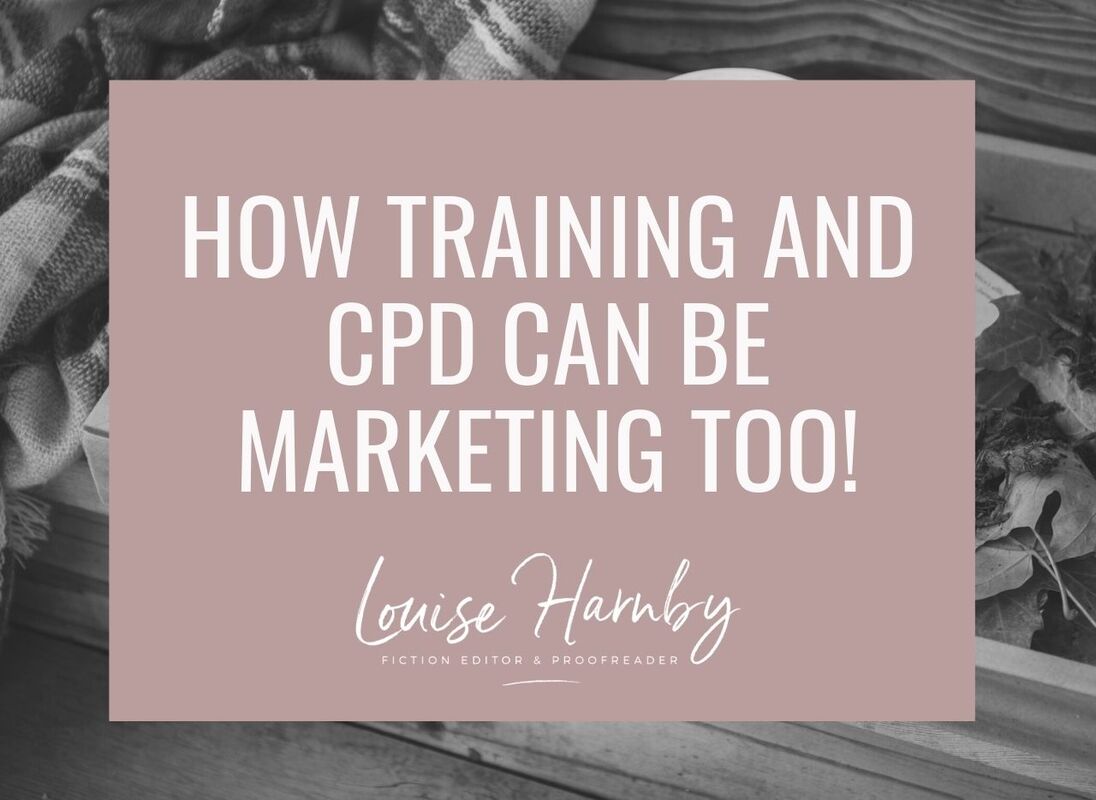





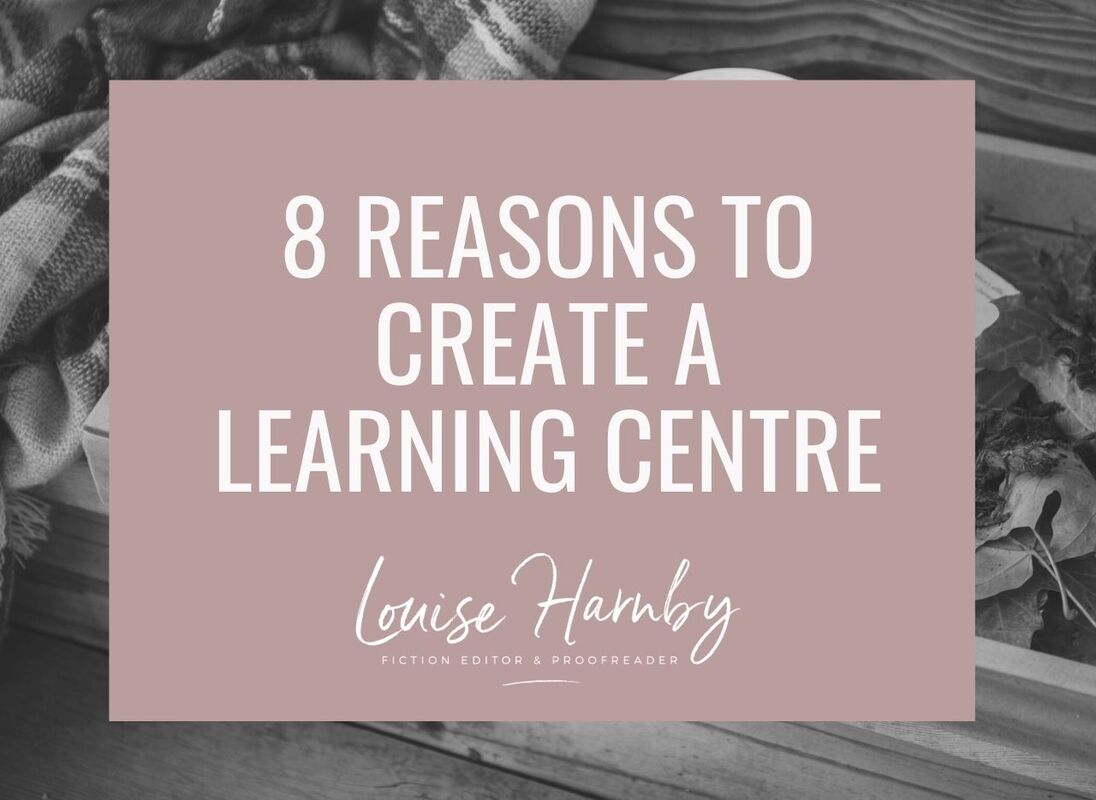
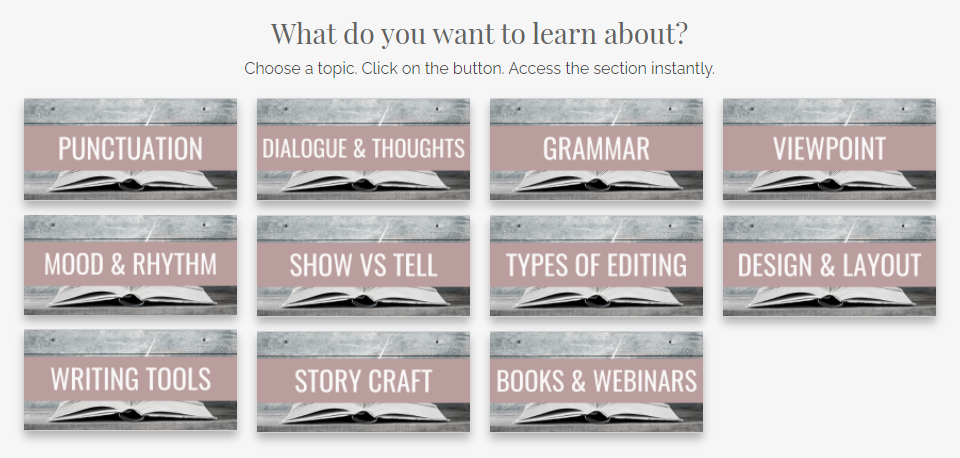
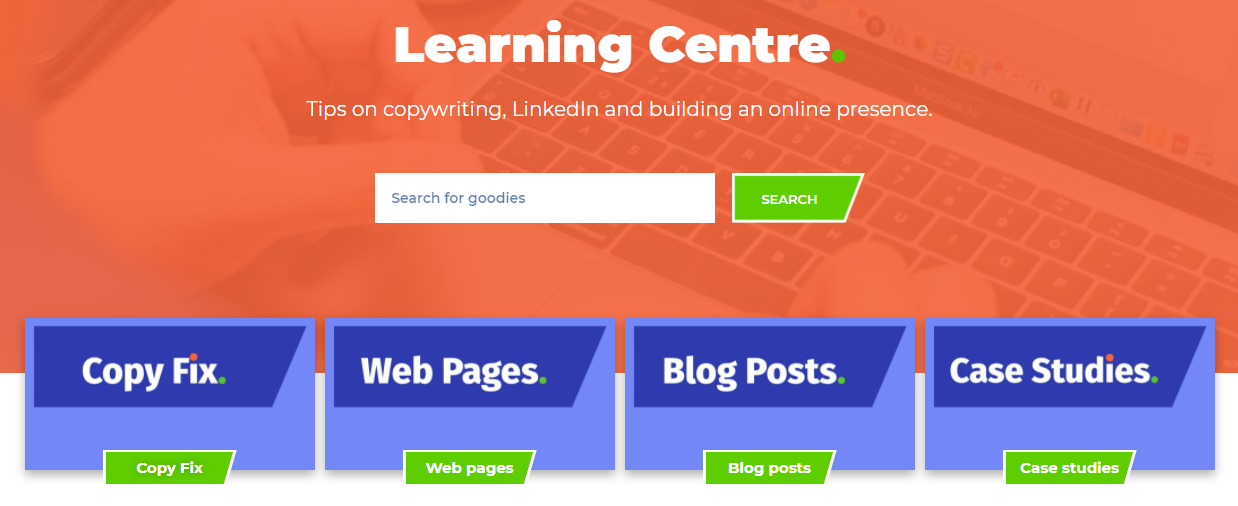
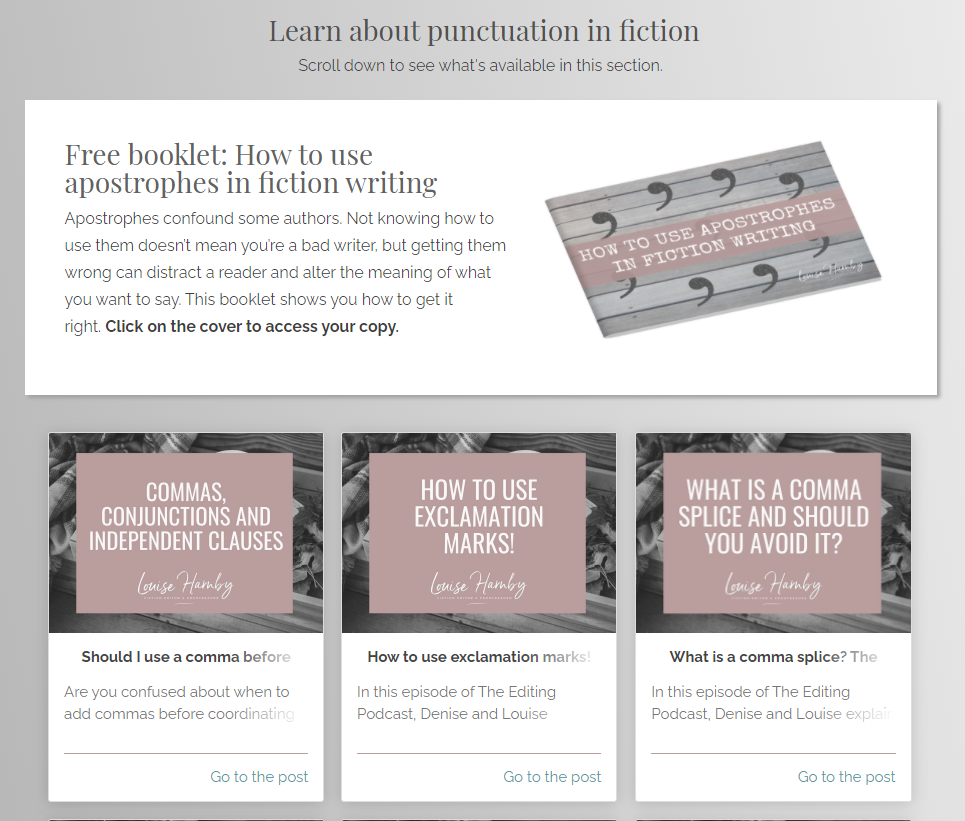
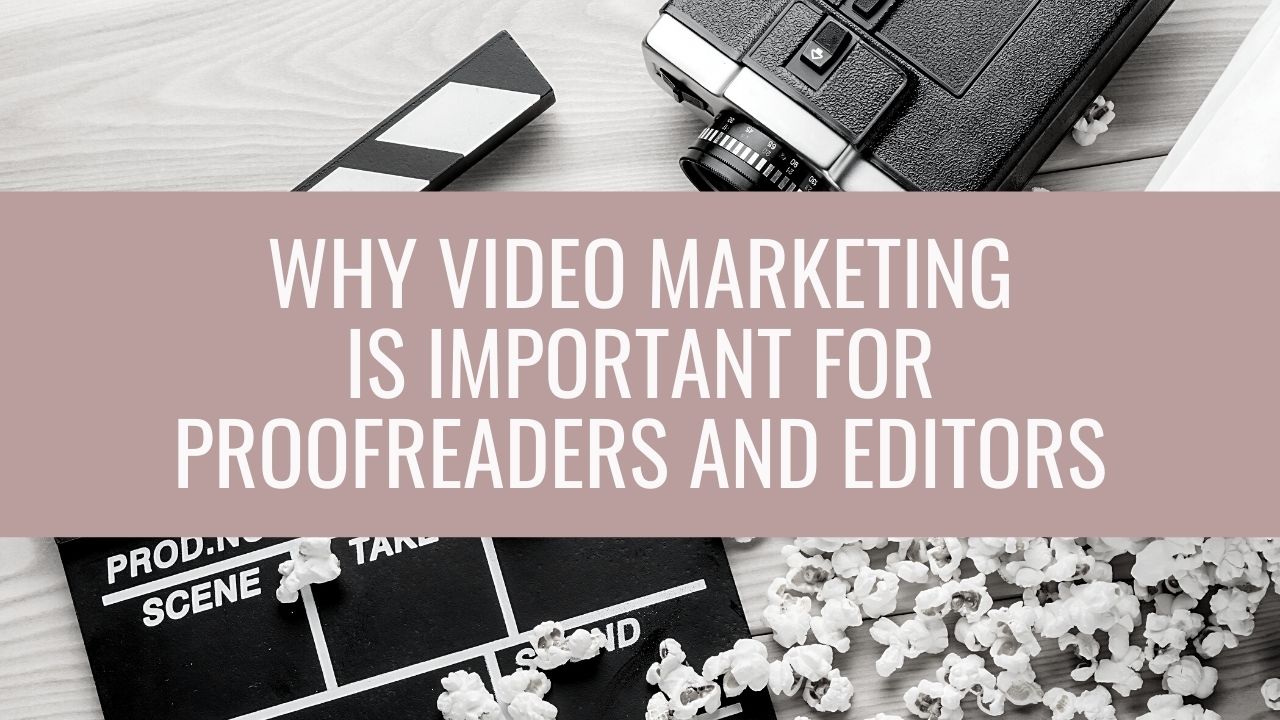
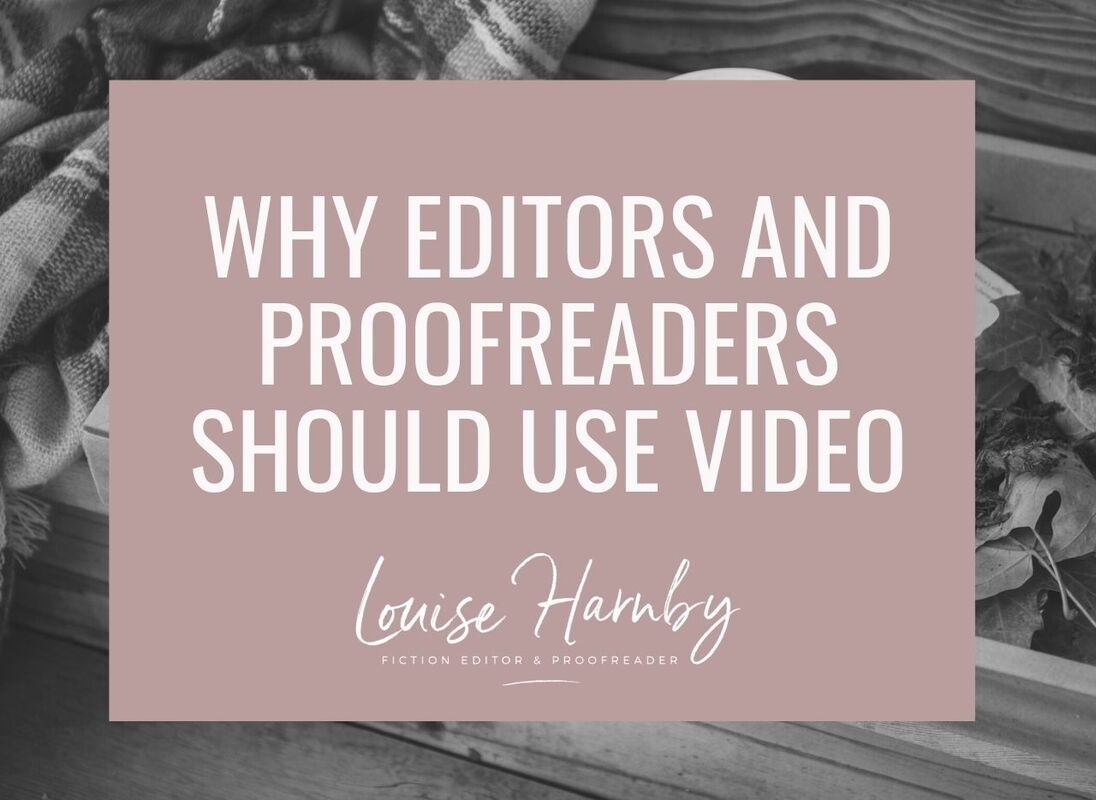
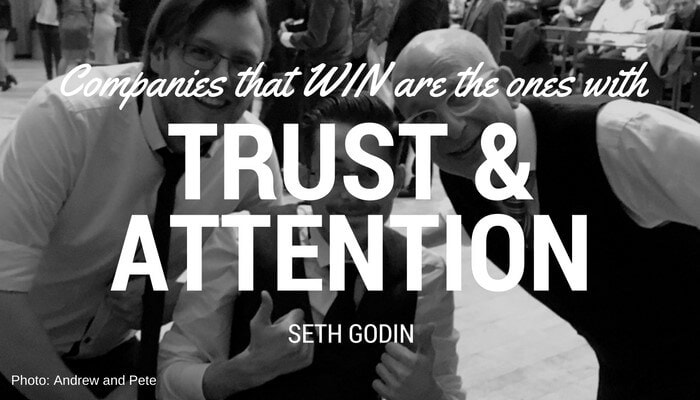



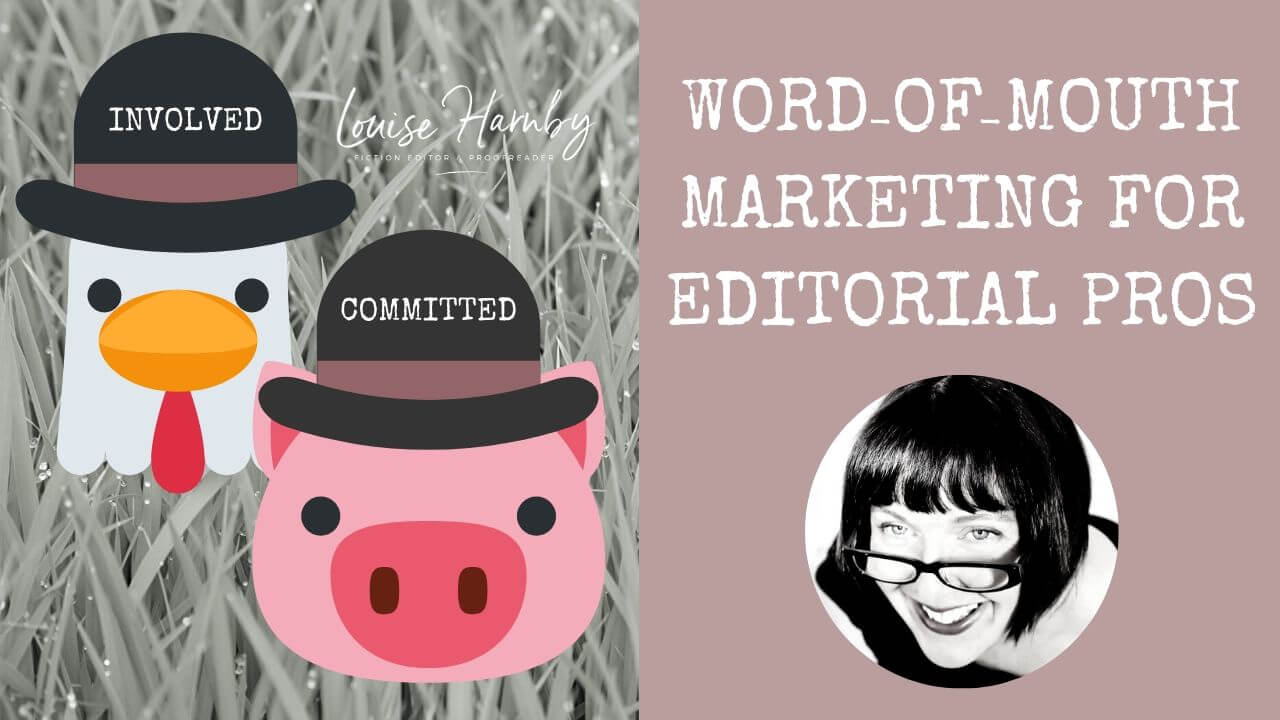
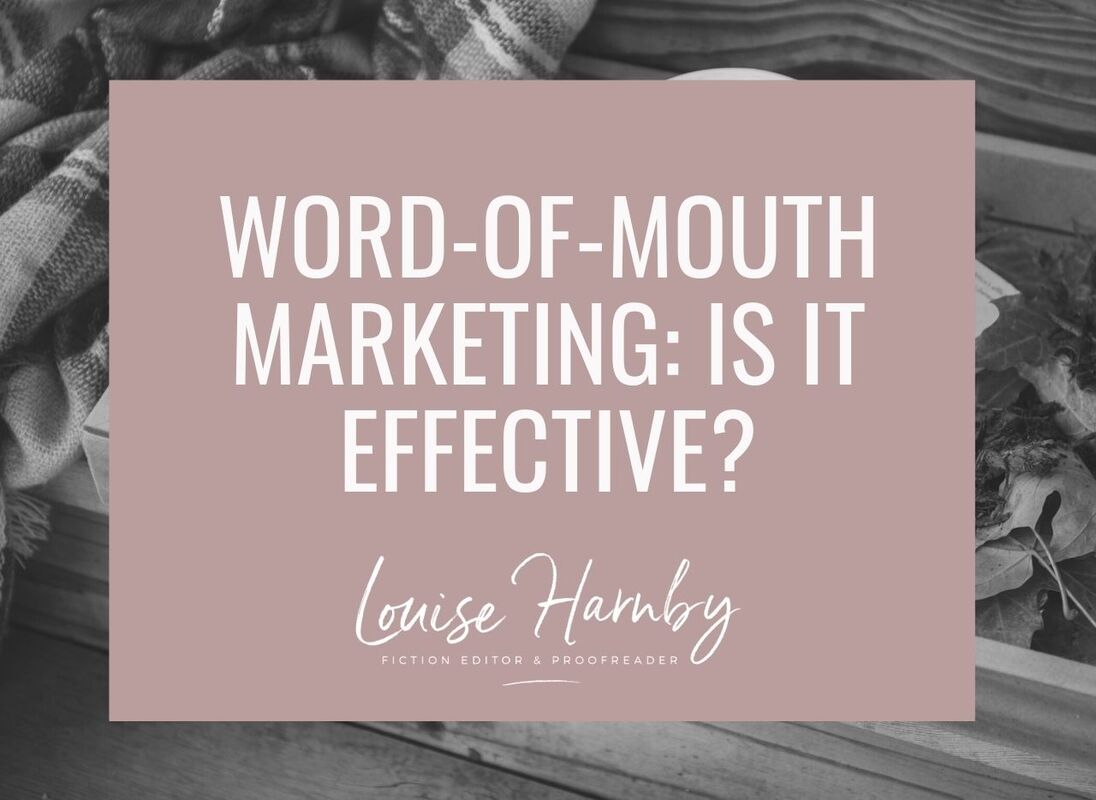

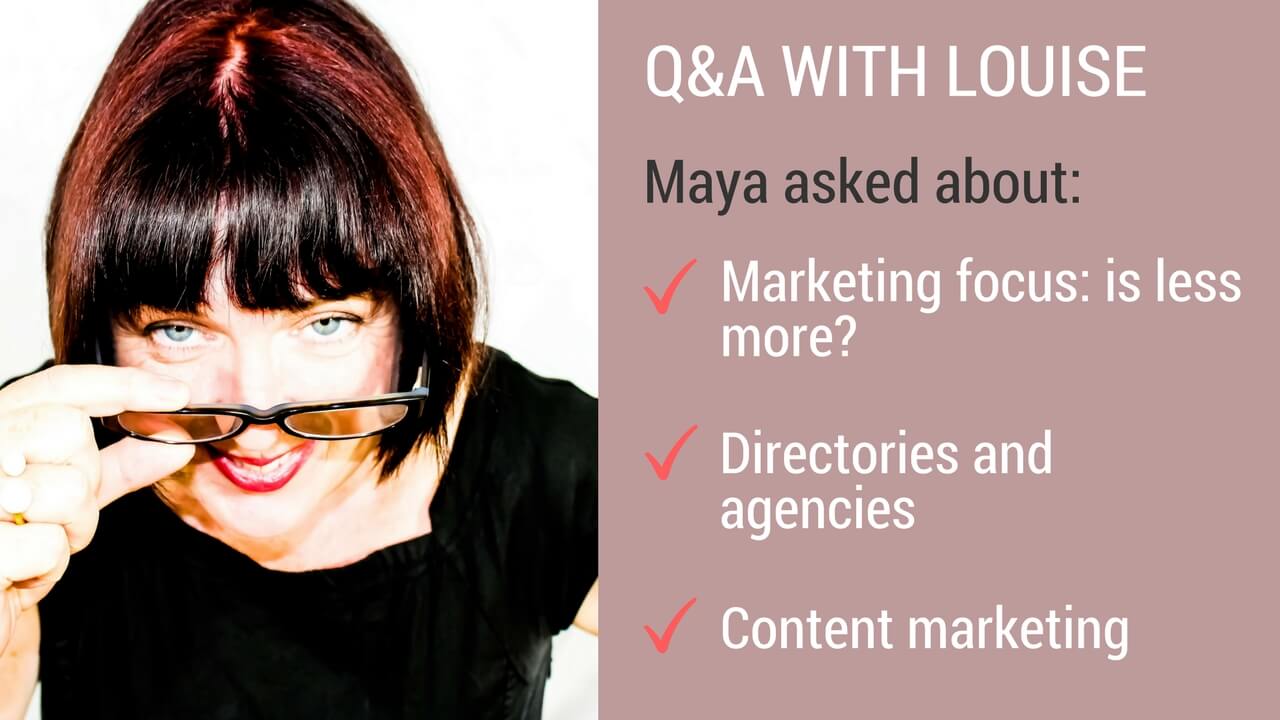
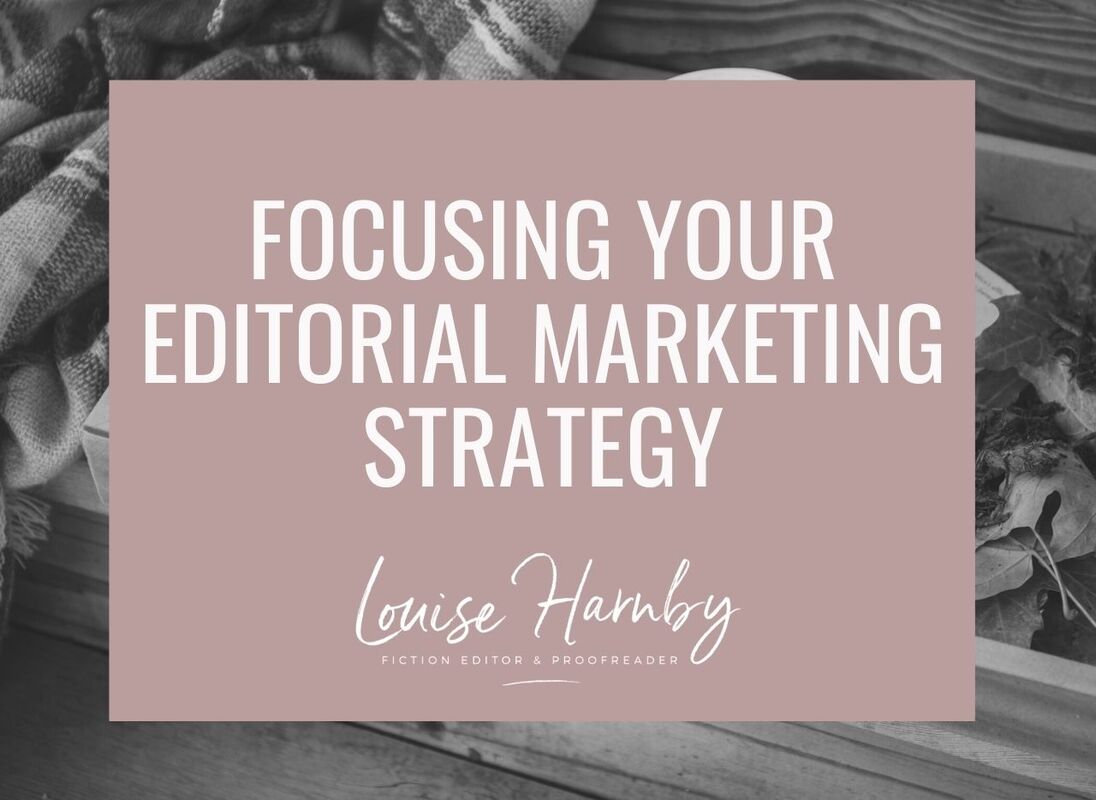
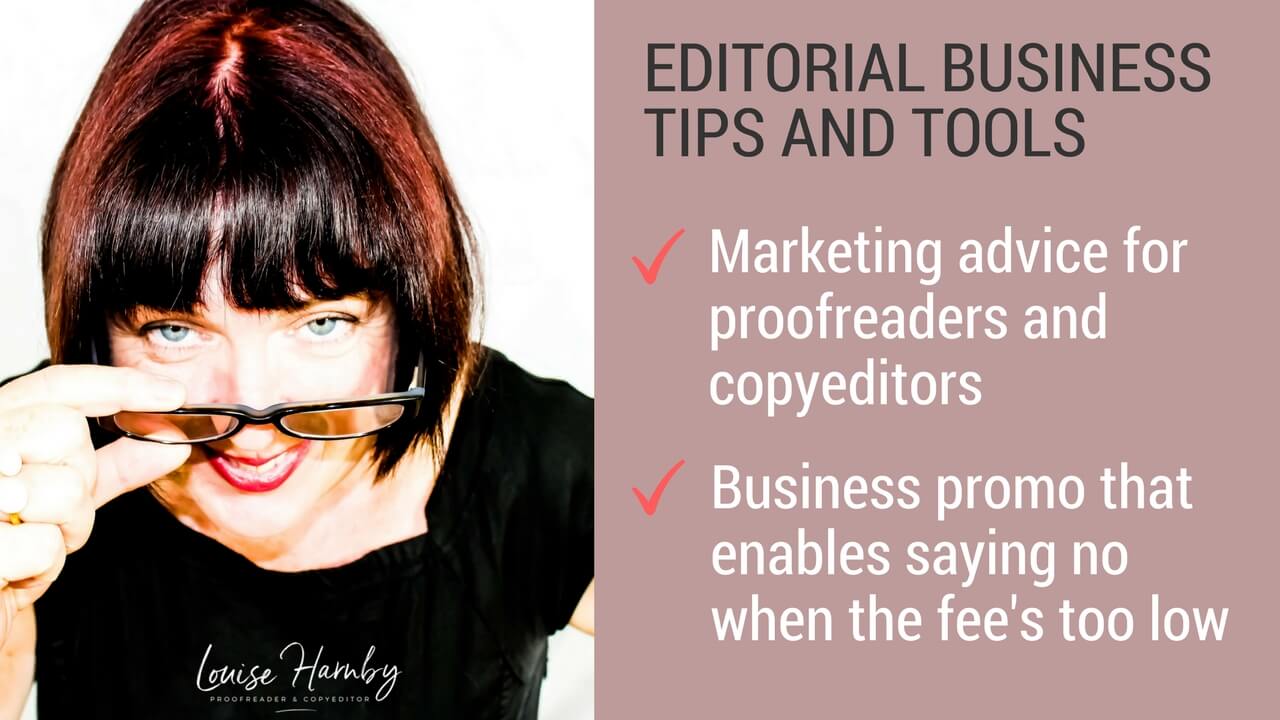
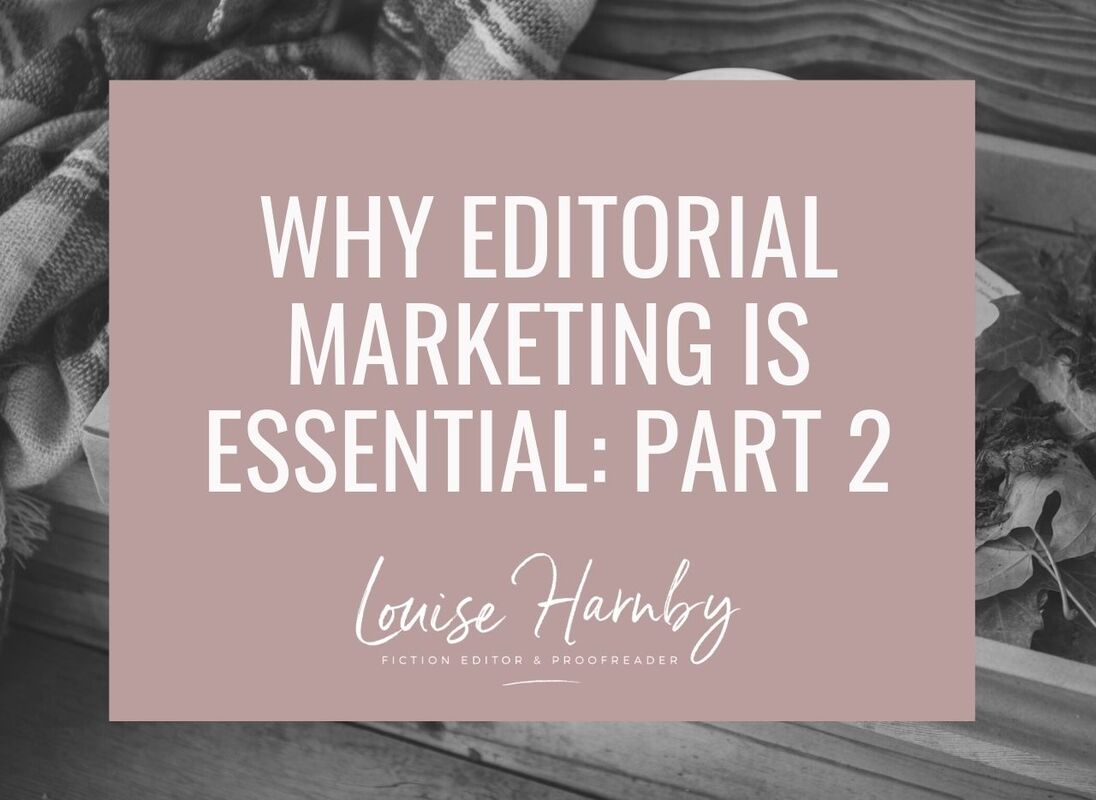













 RSS Feed
RSS Feed





